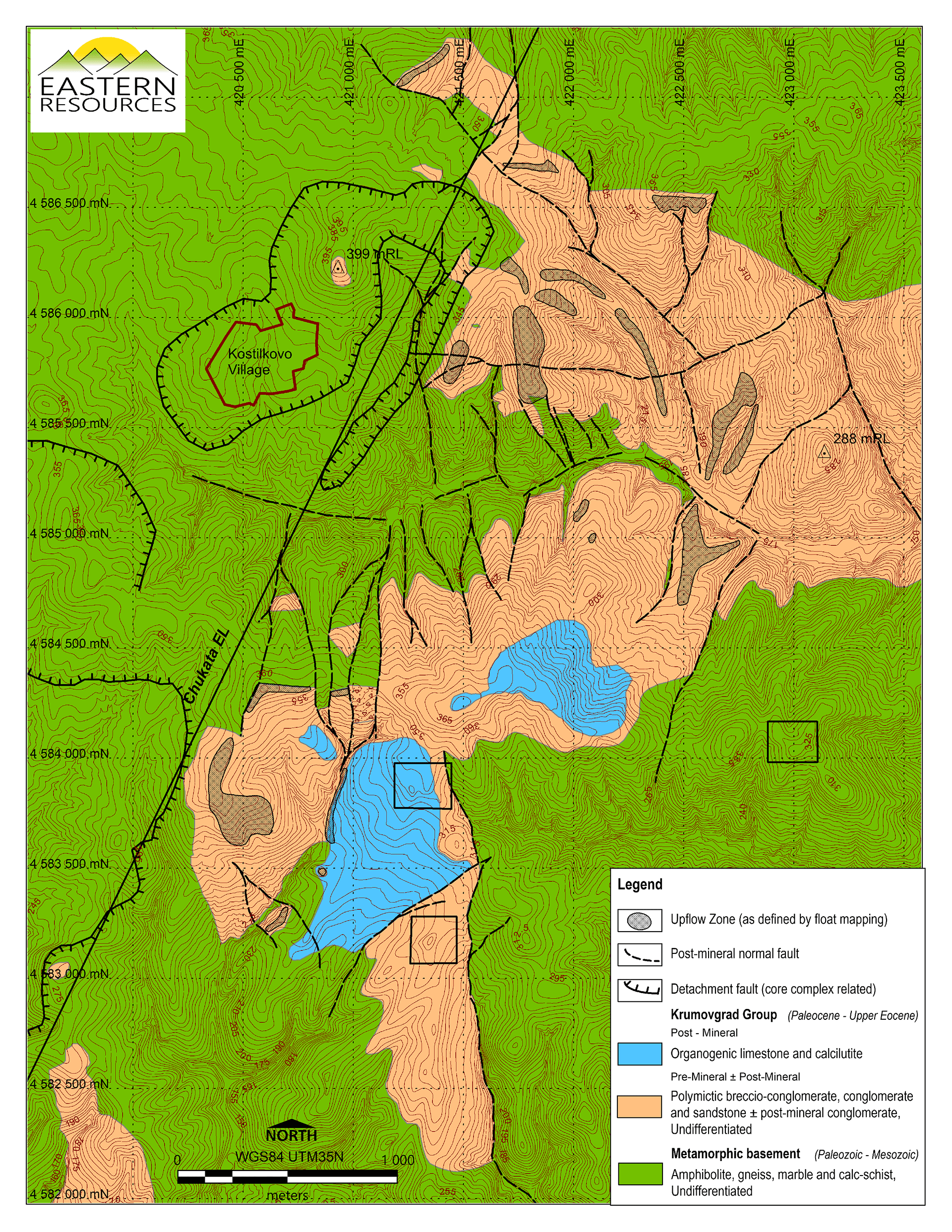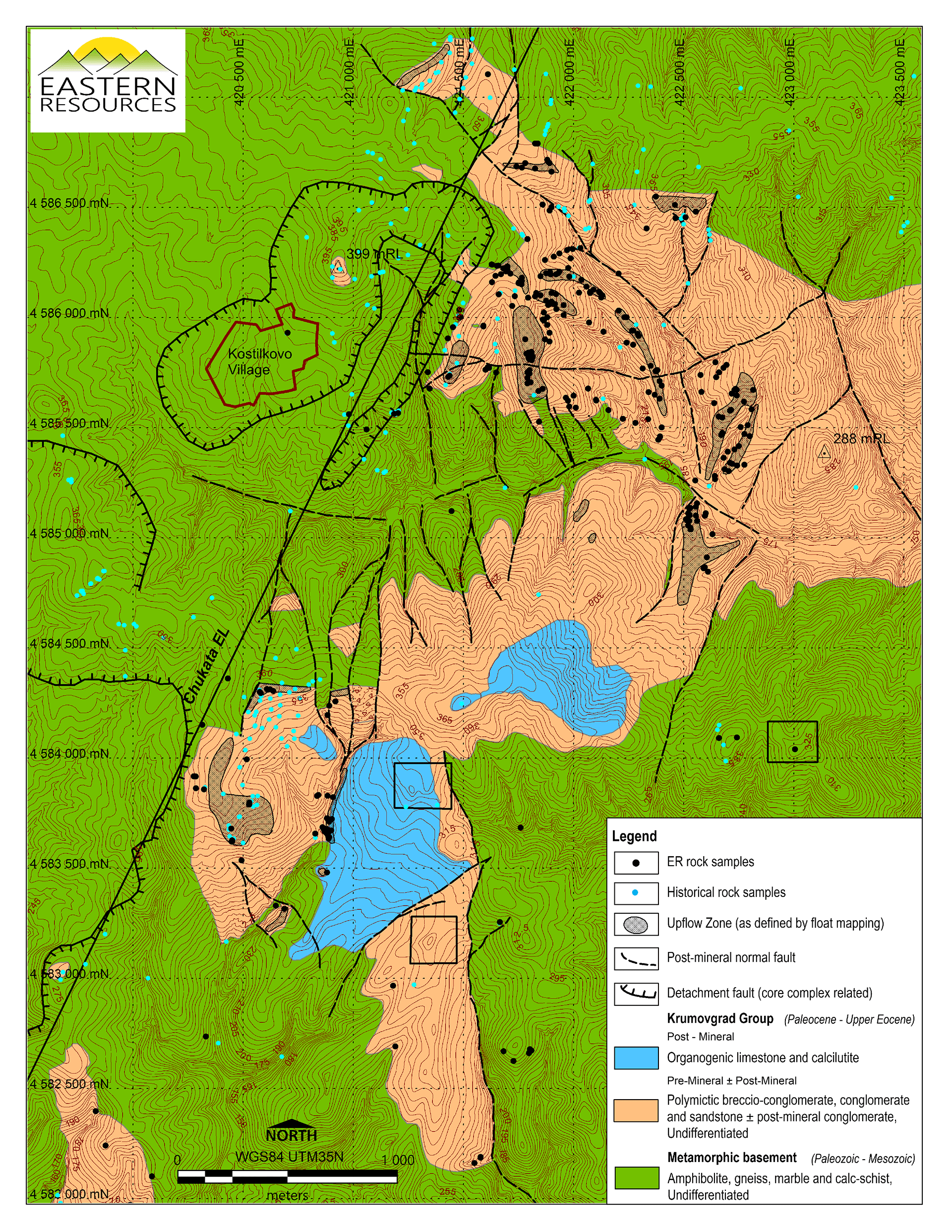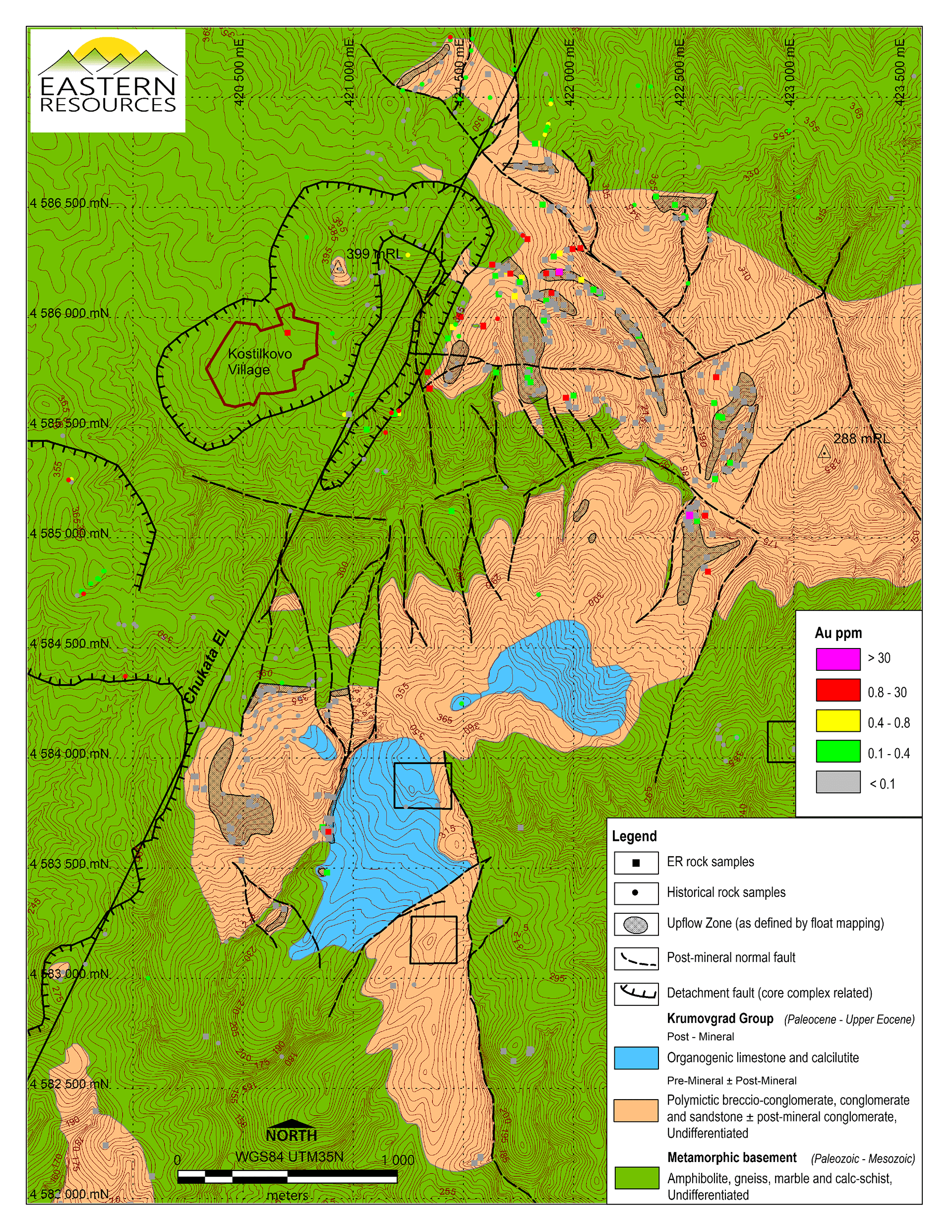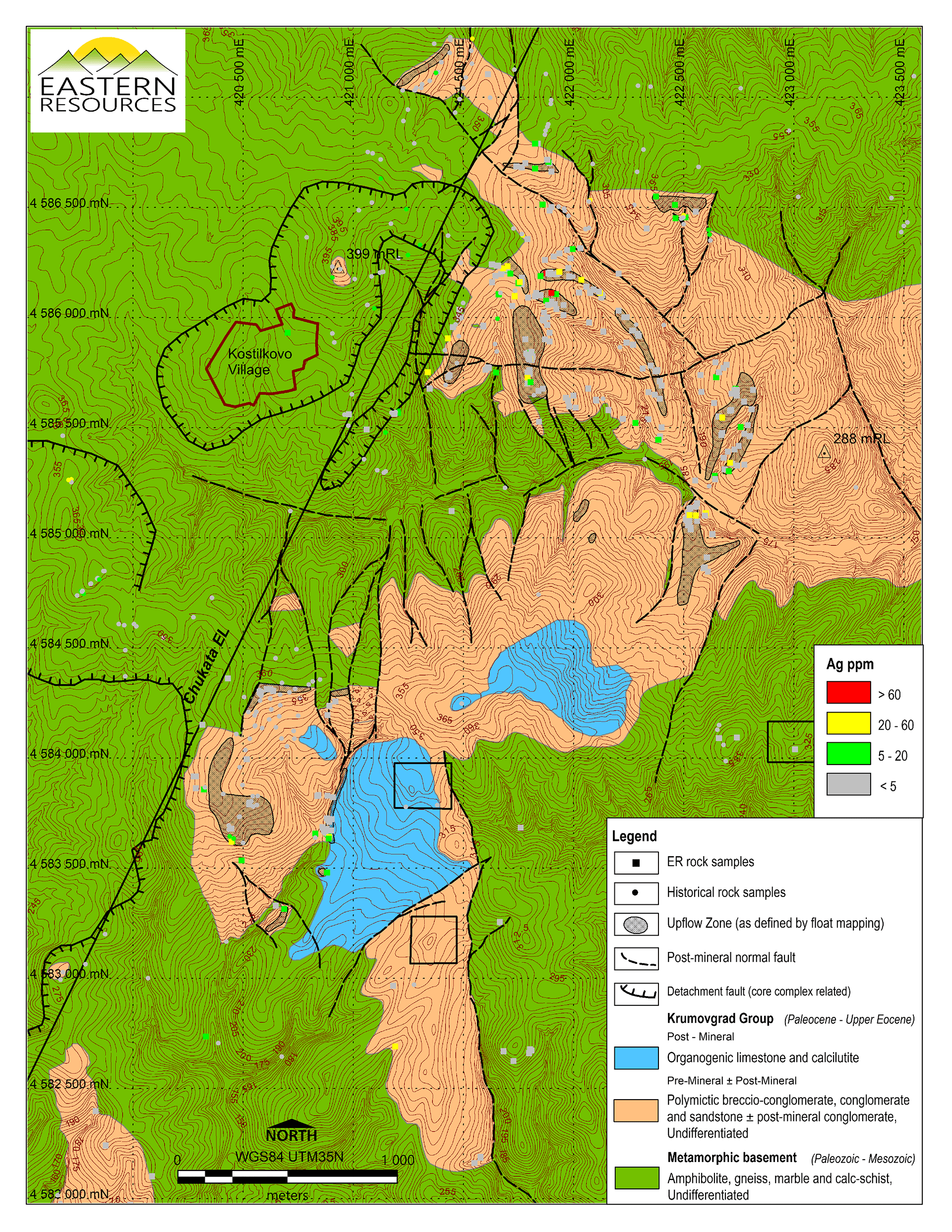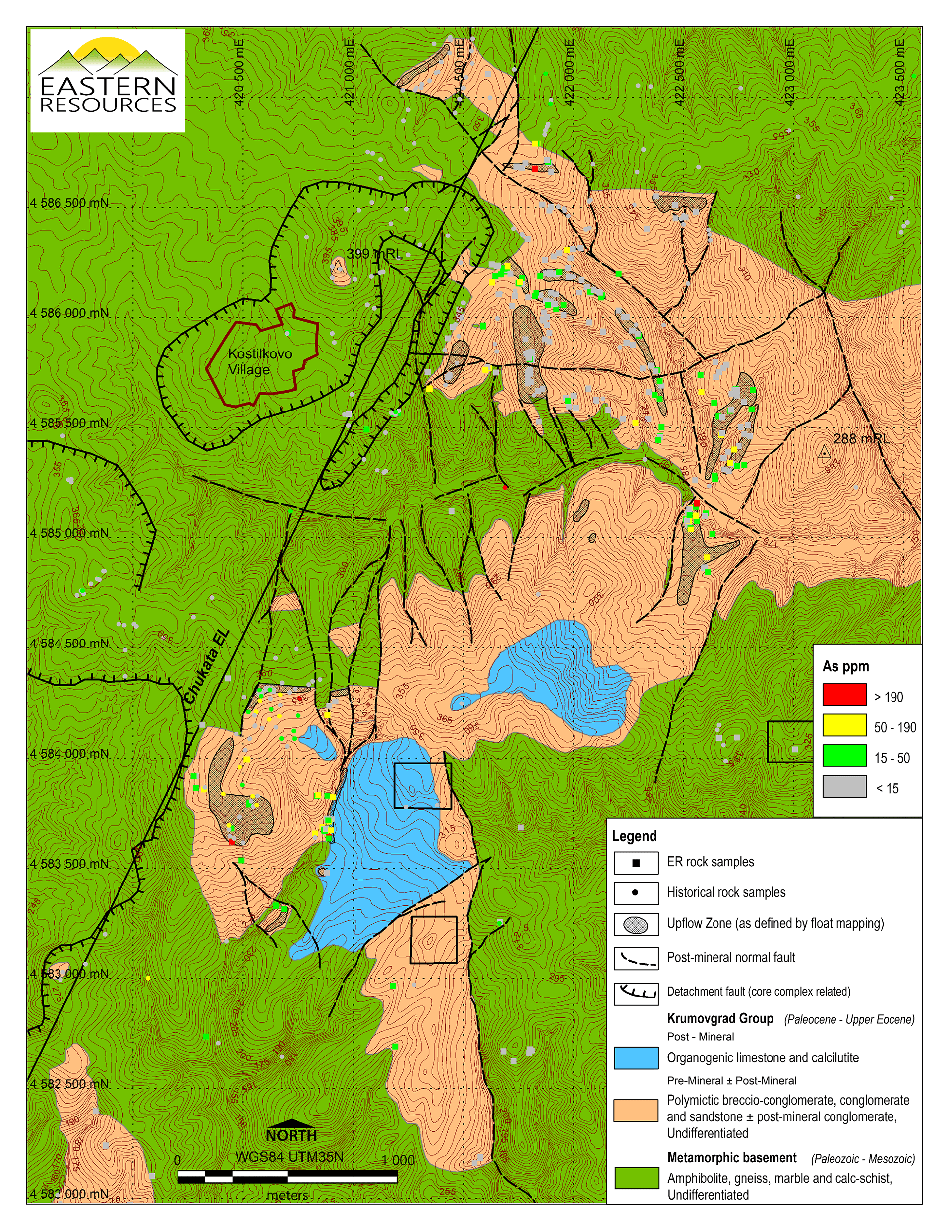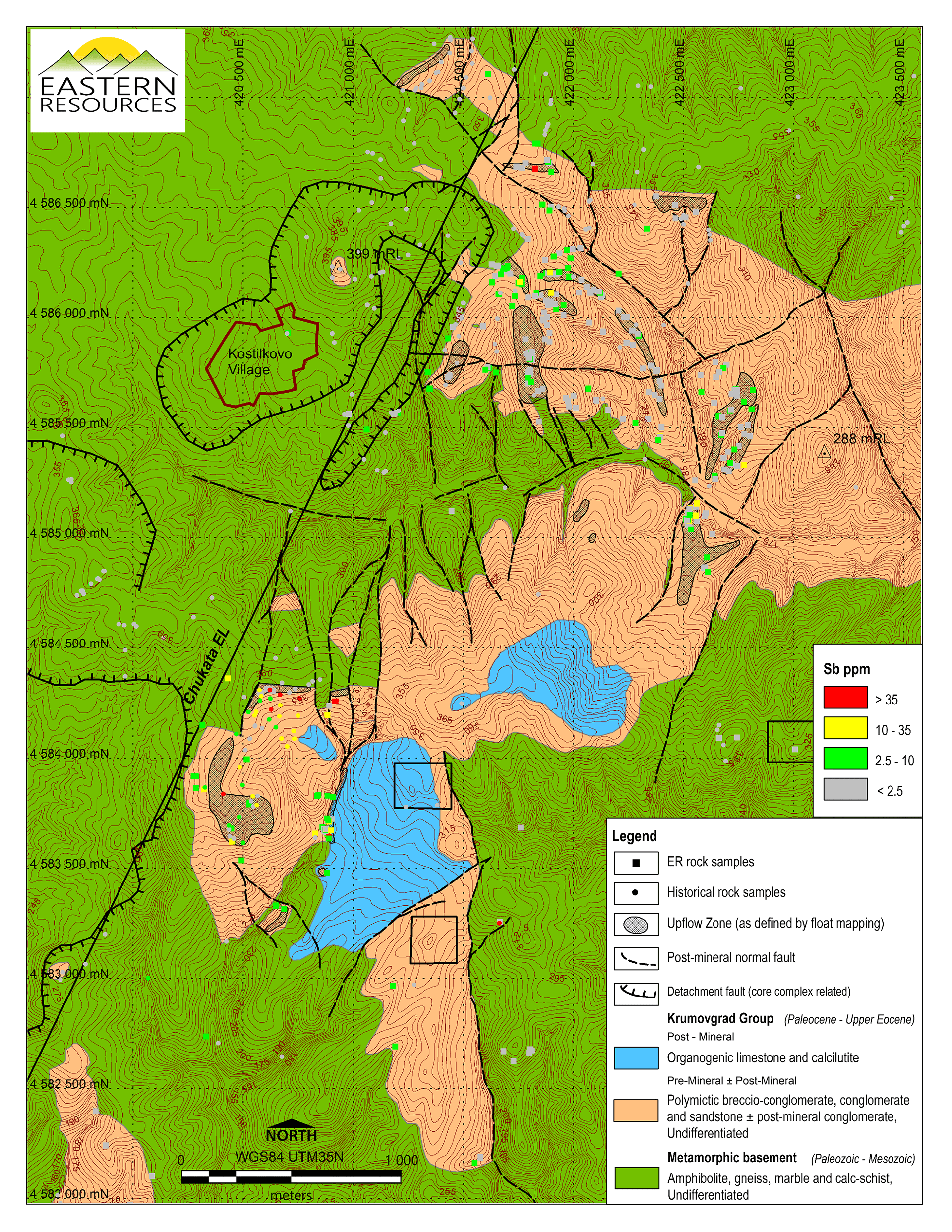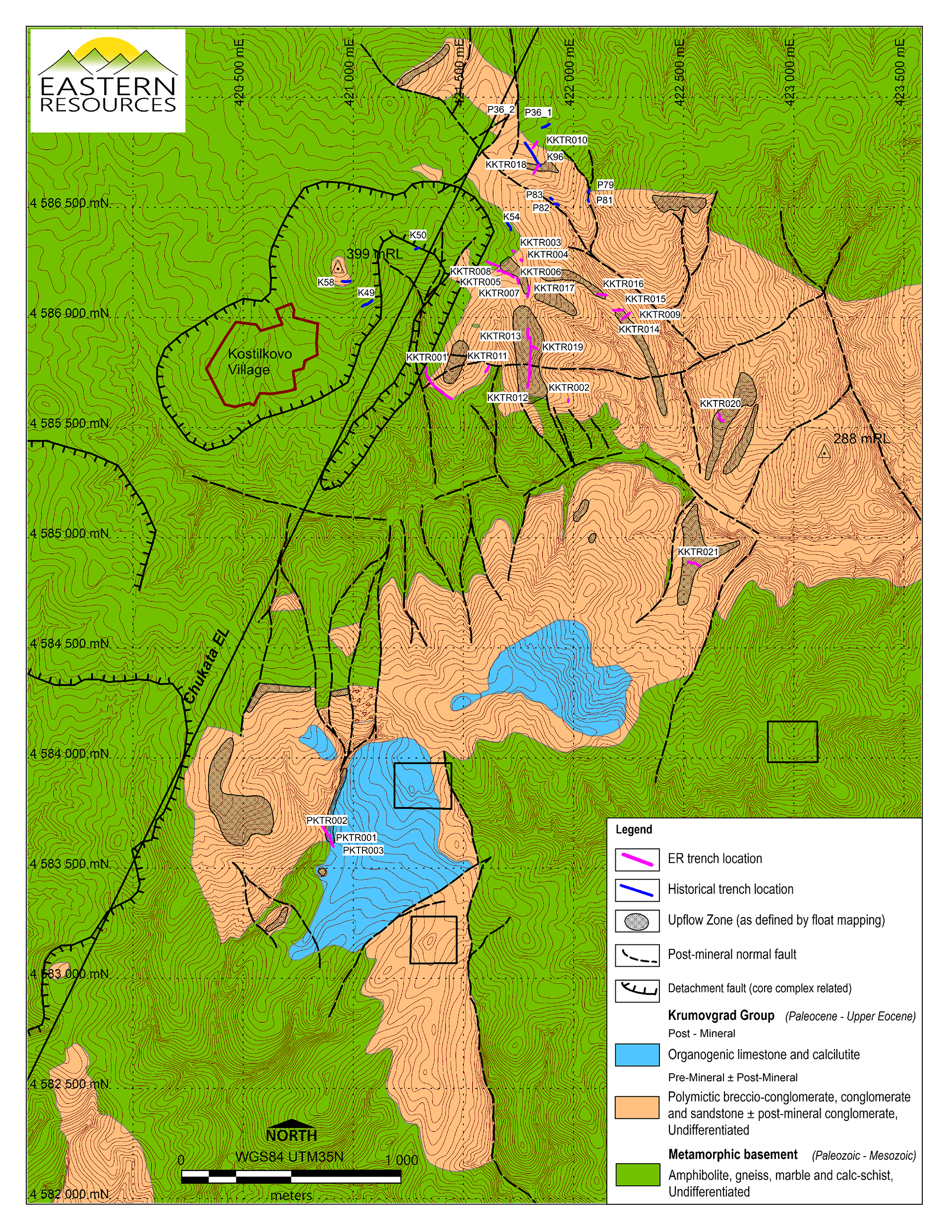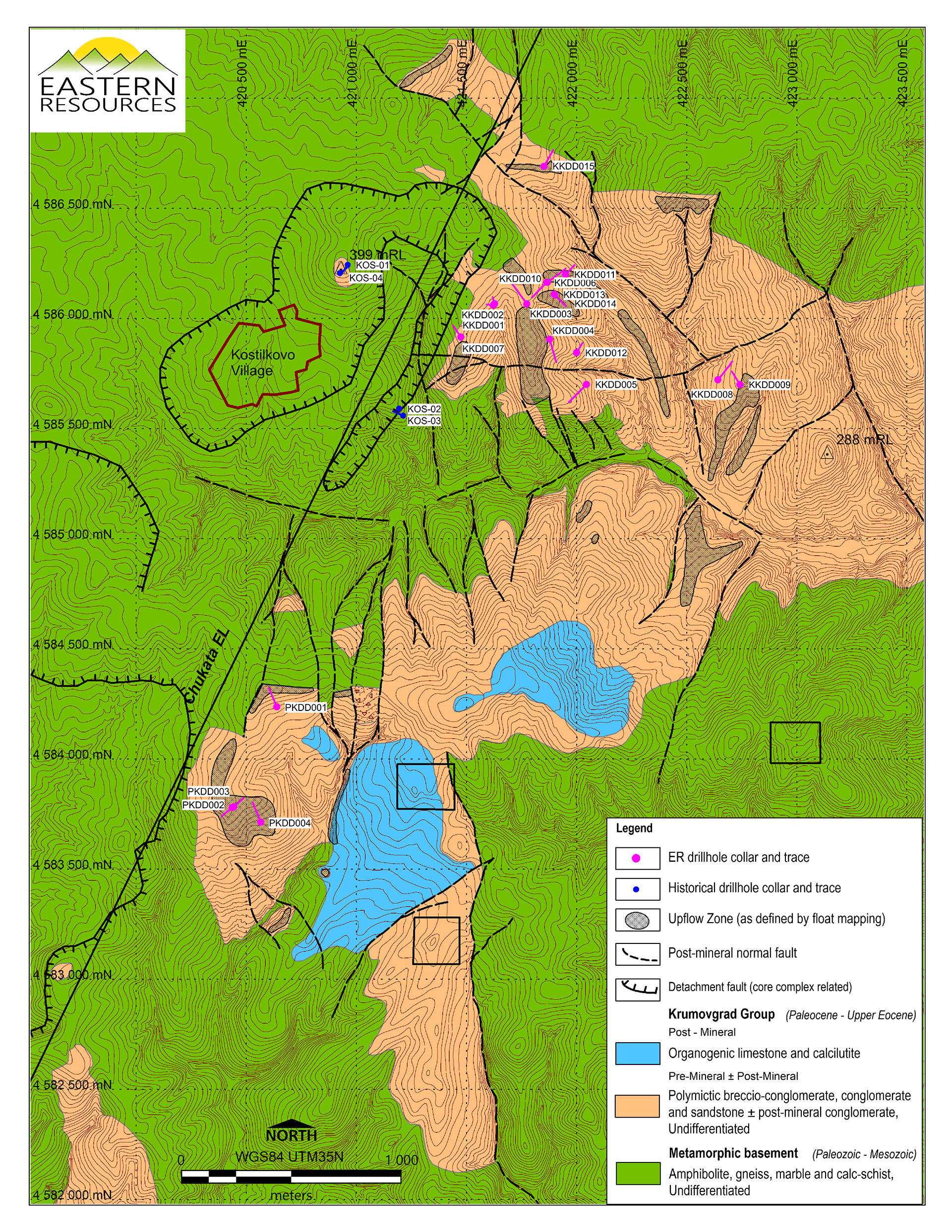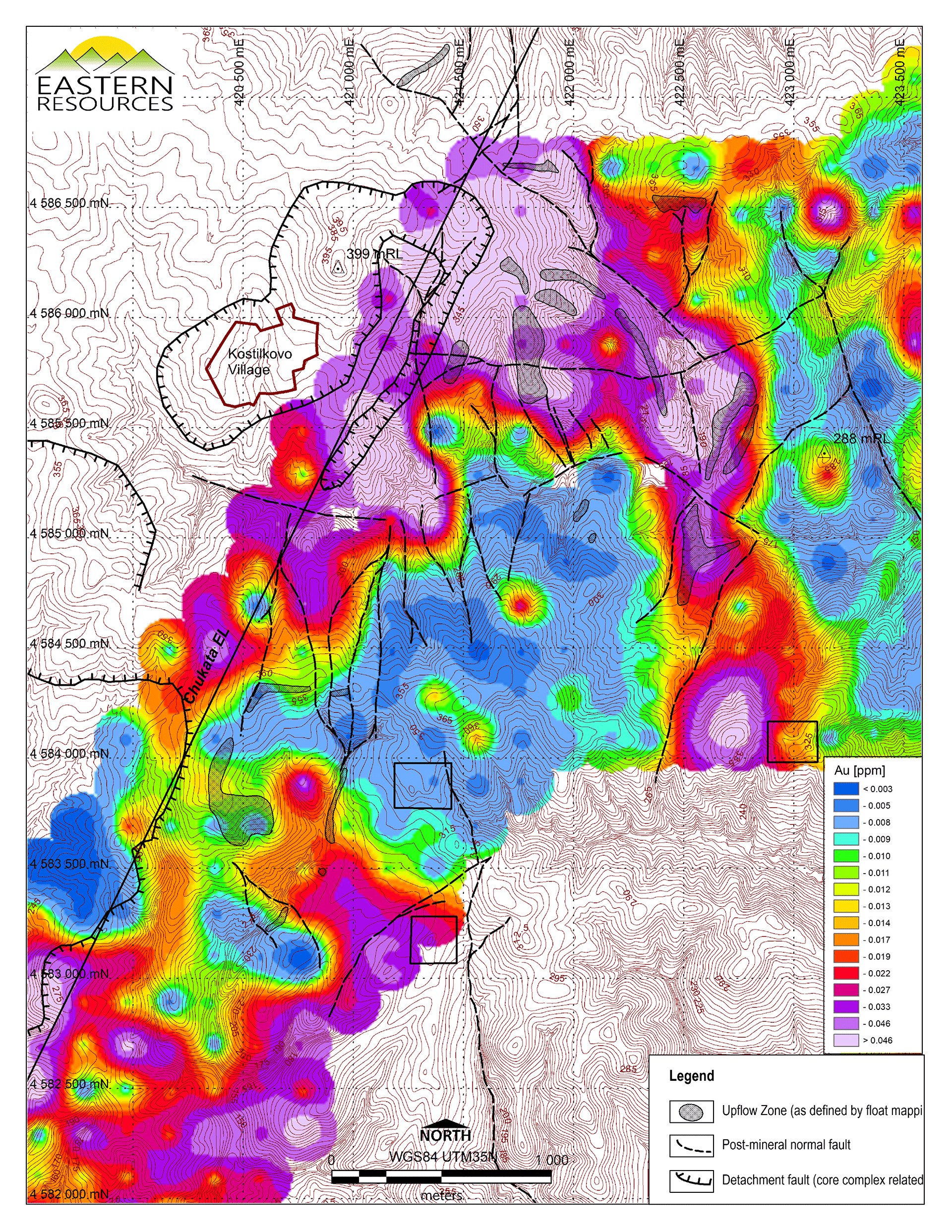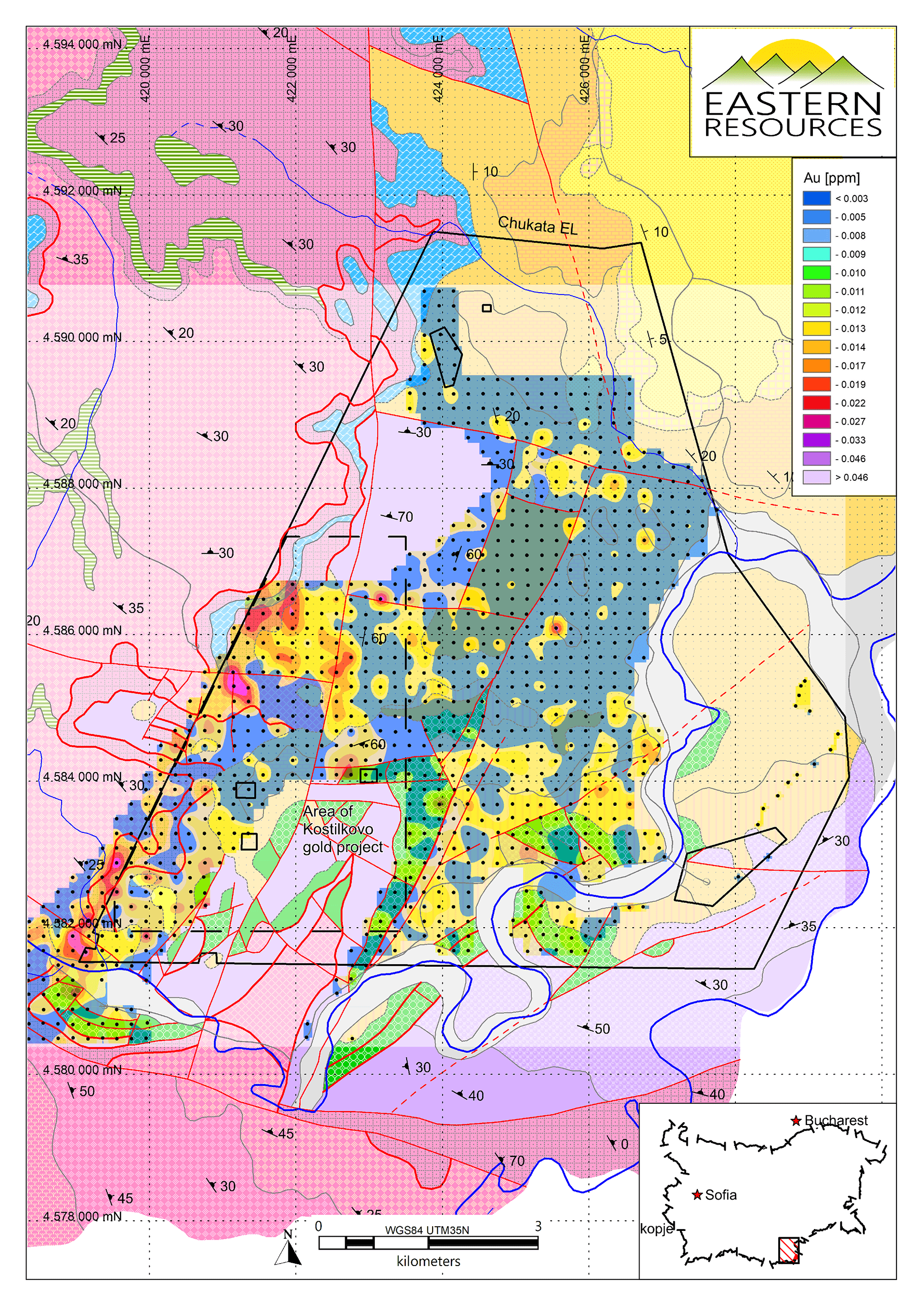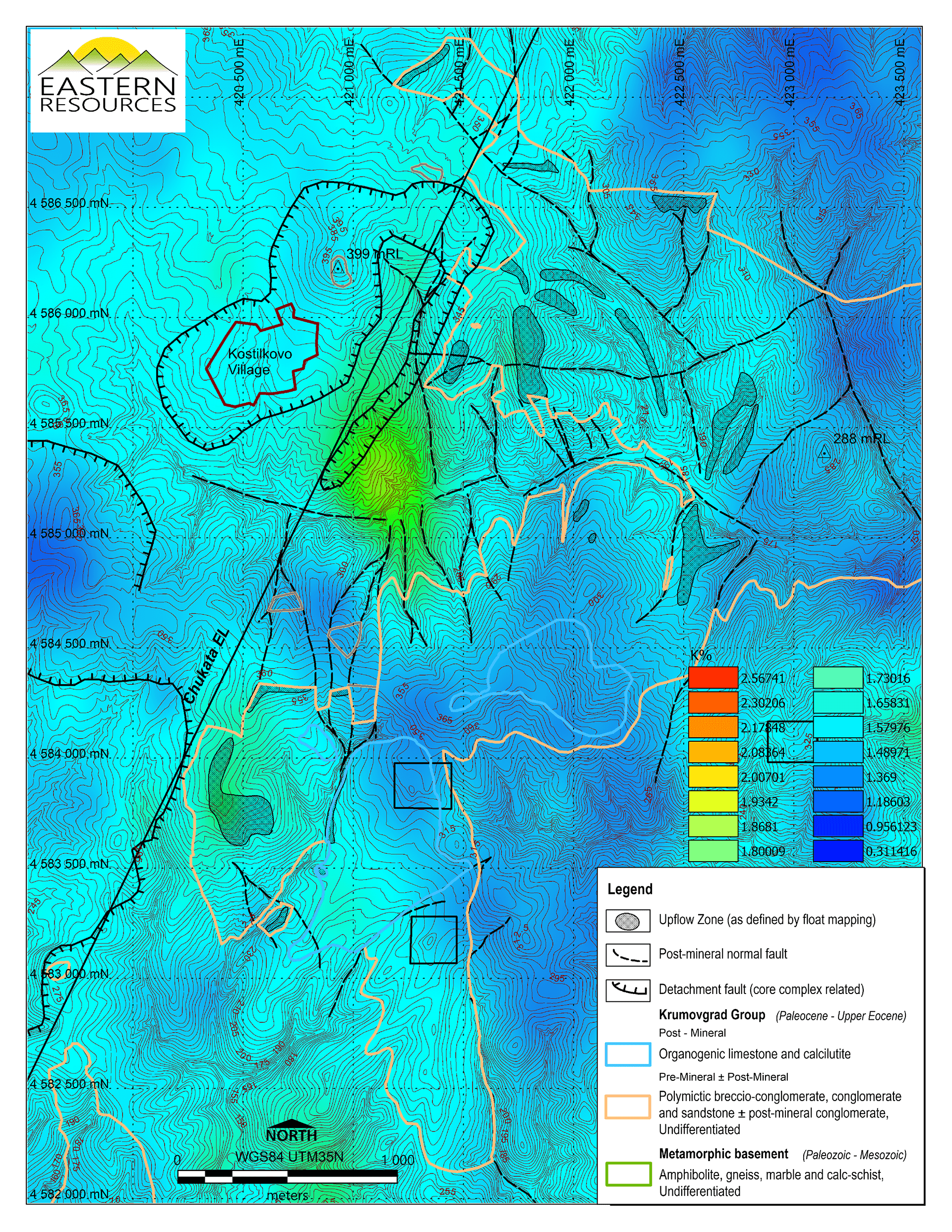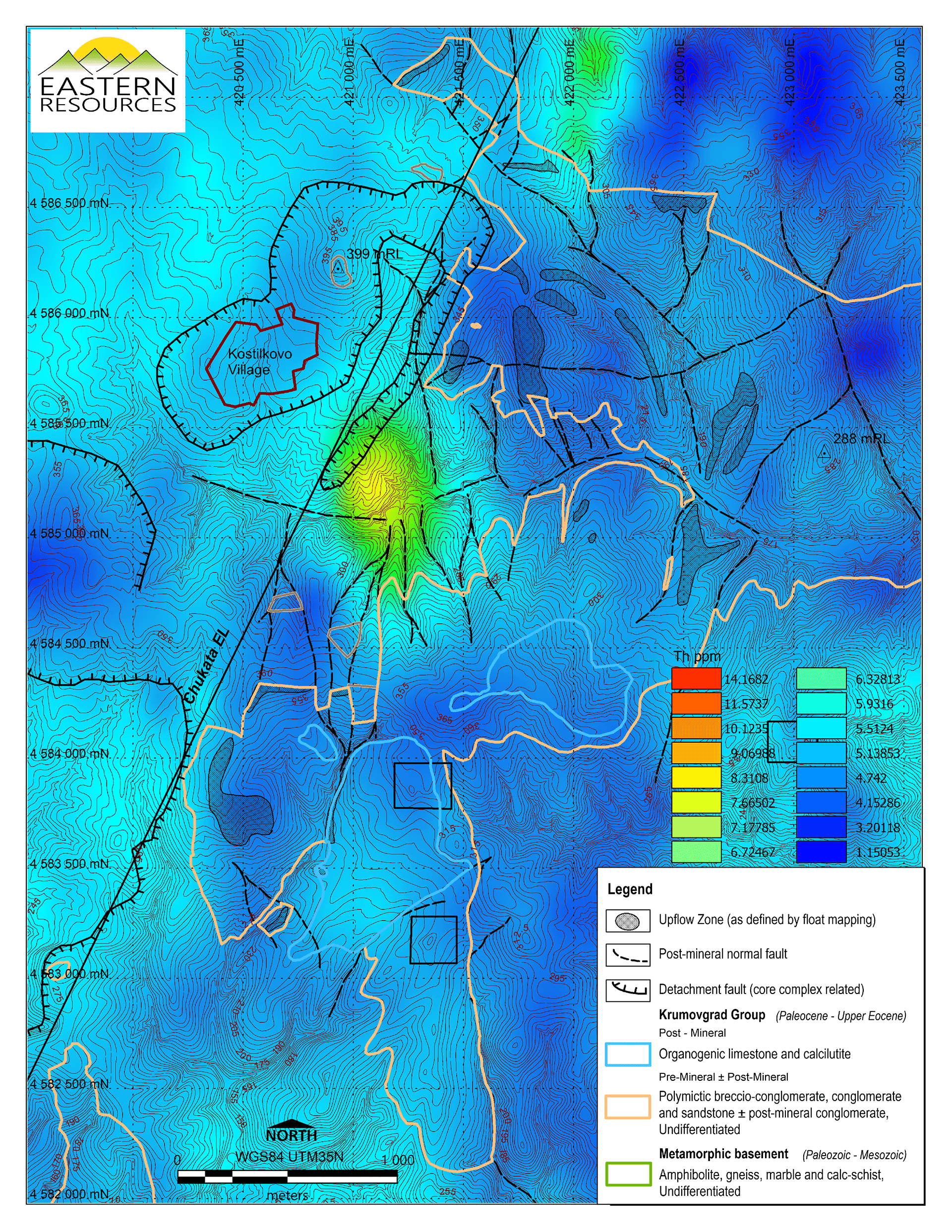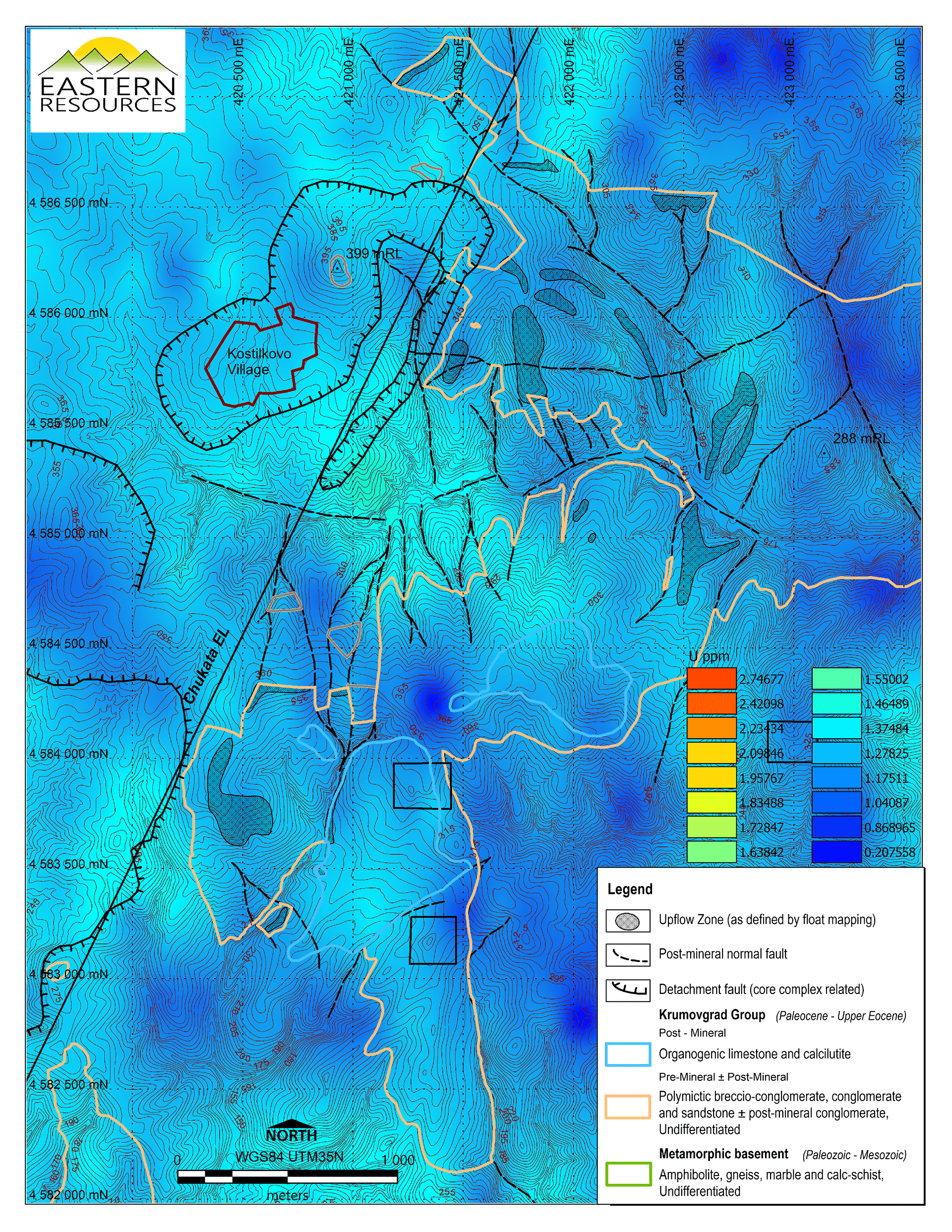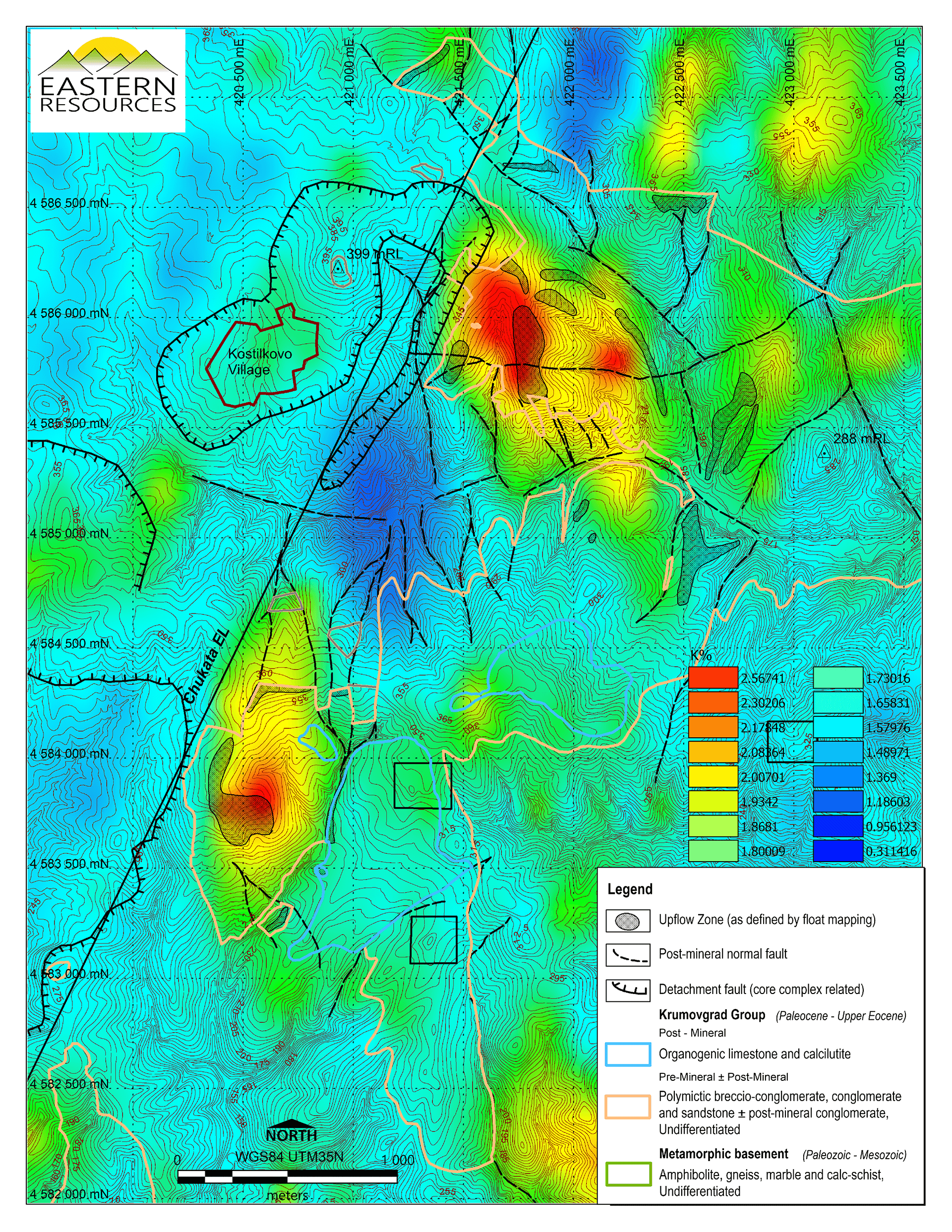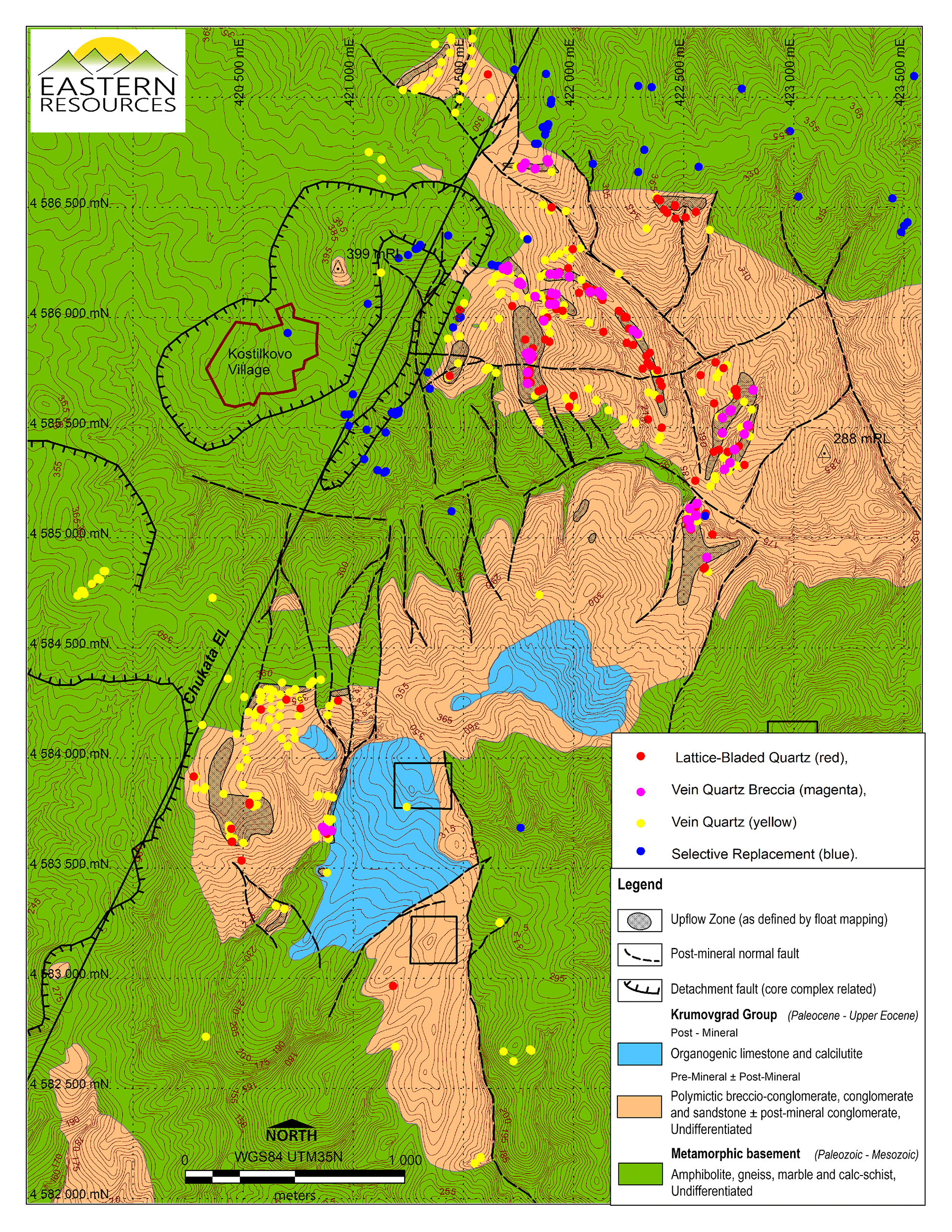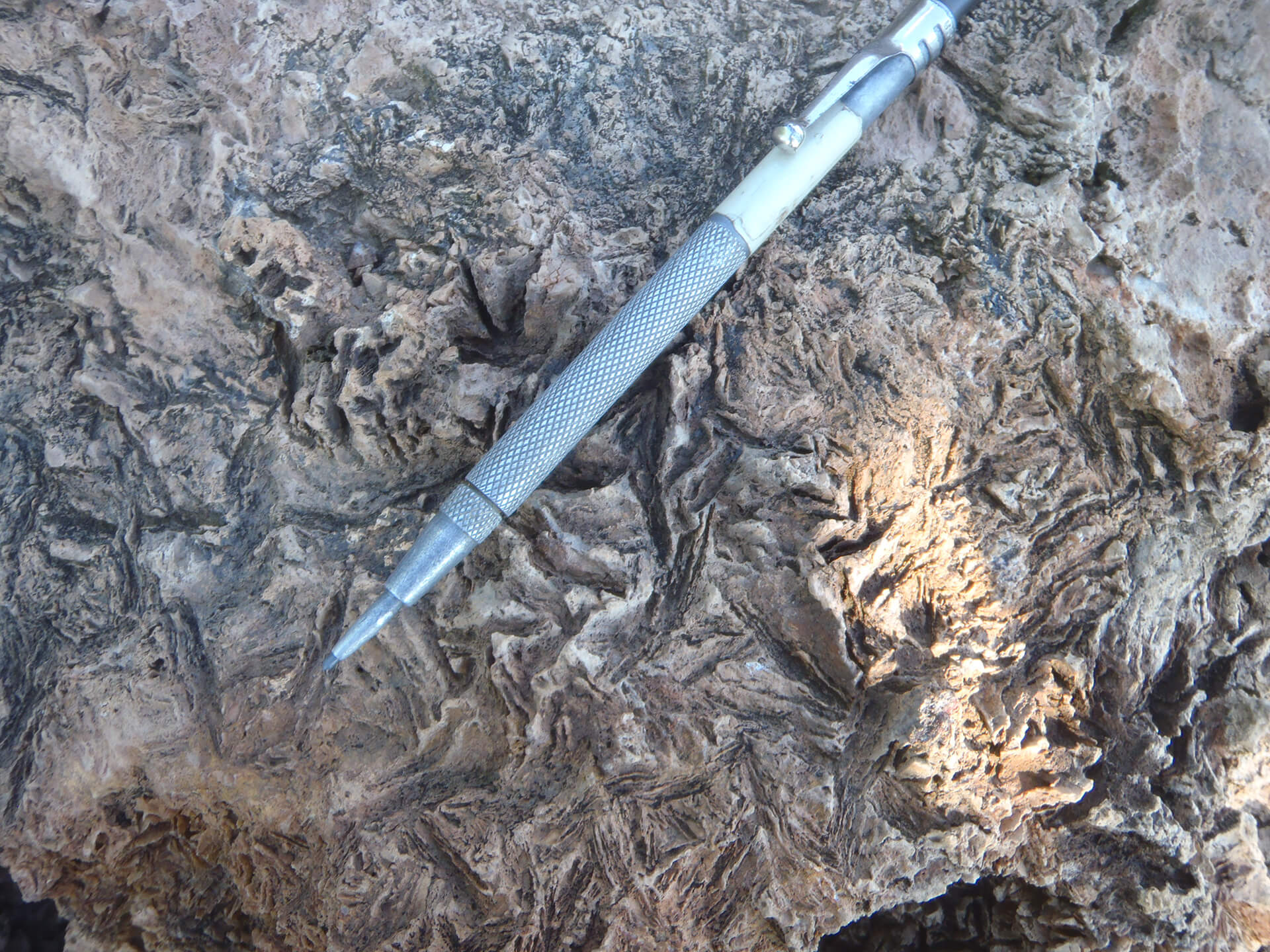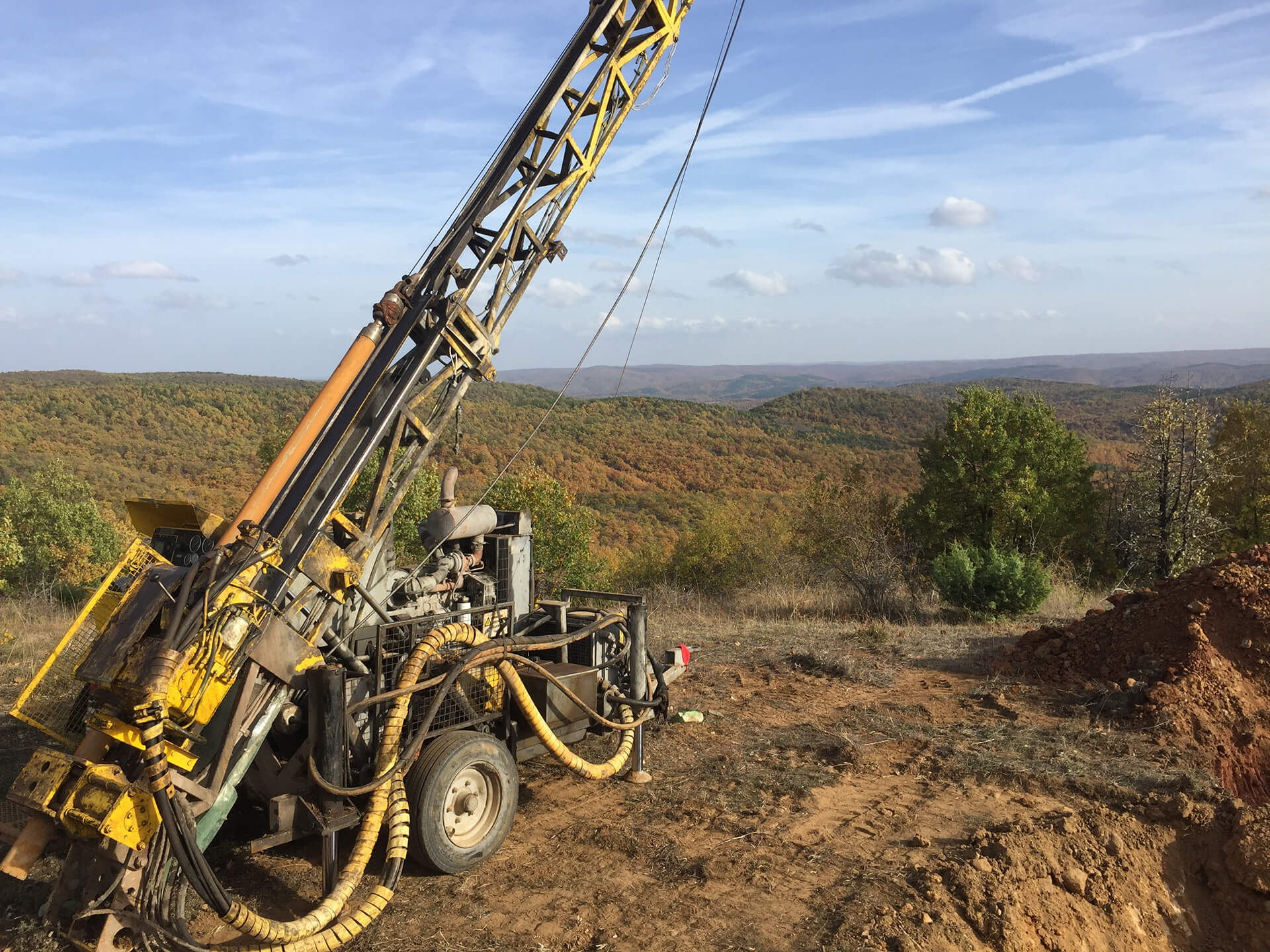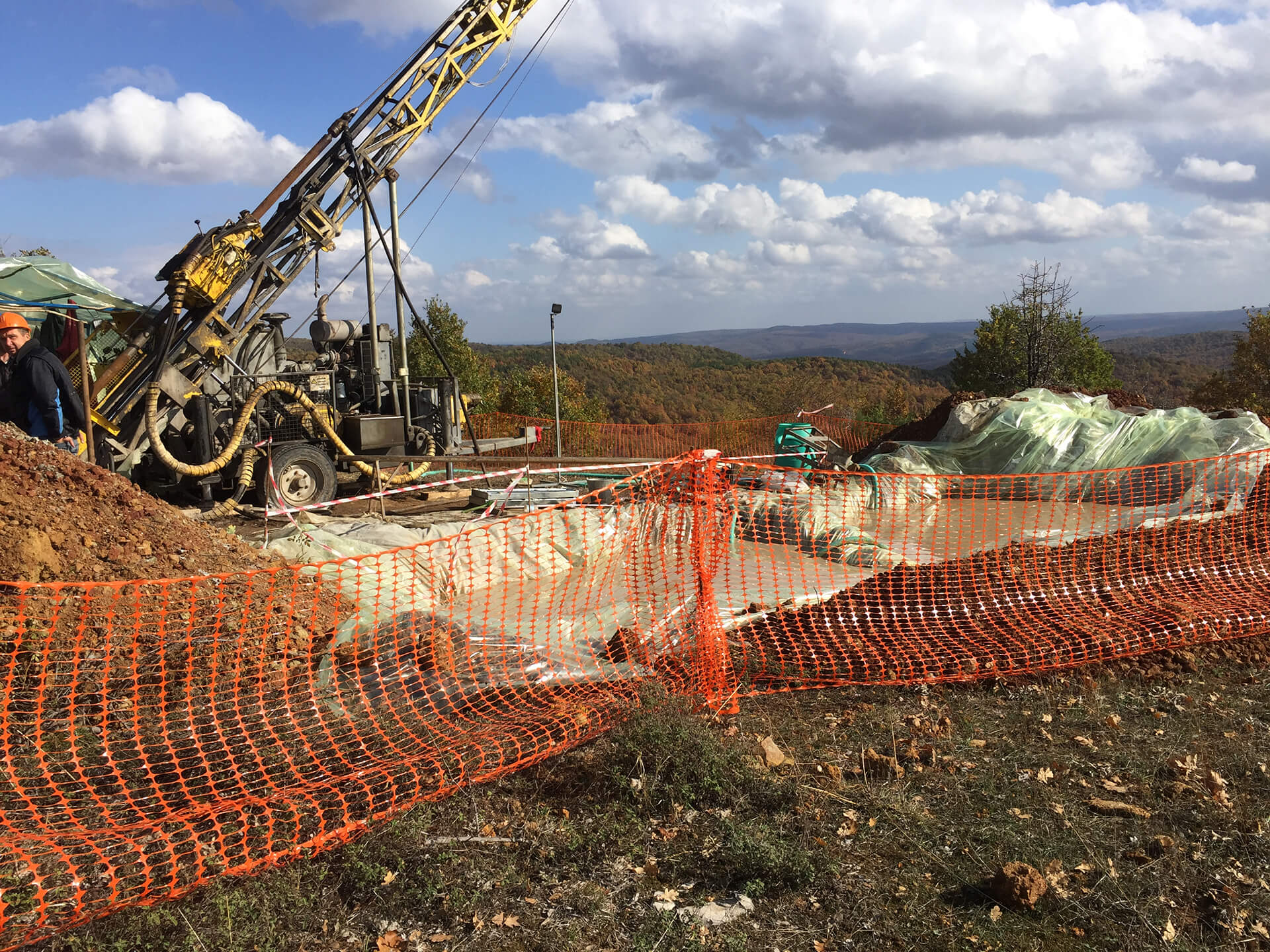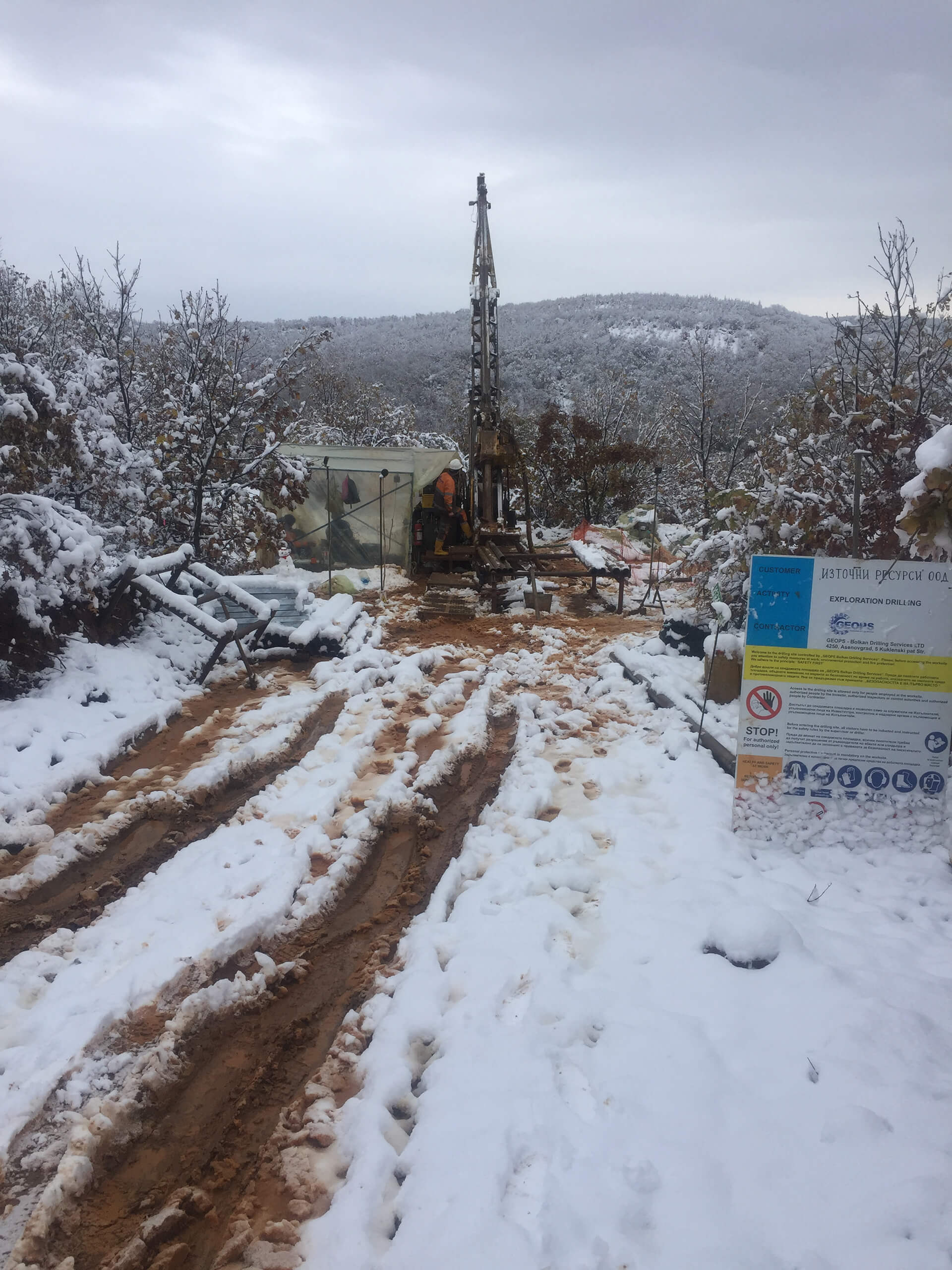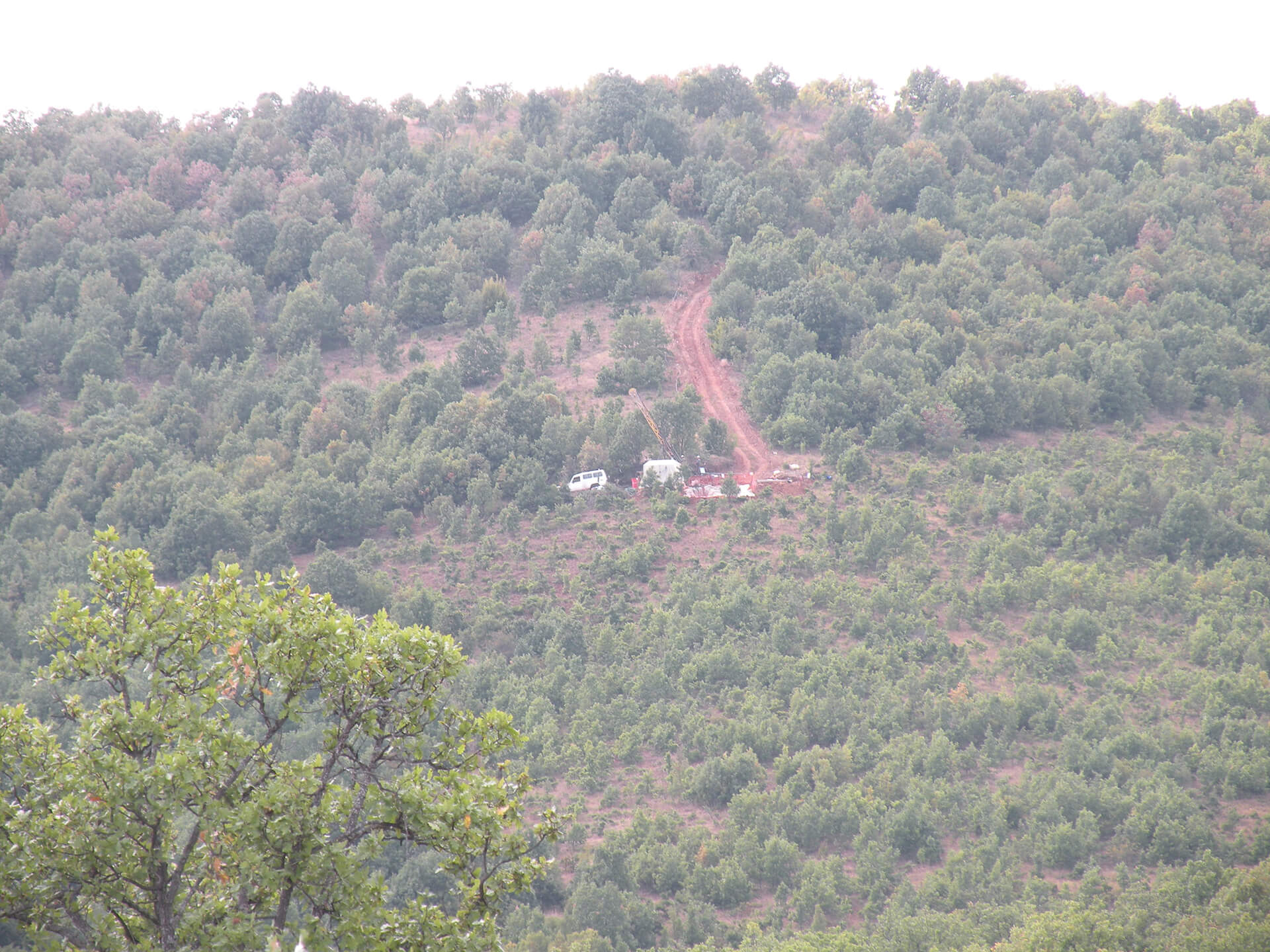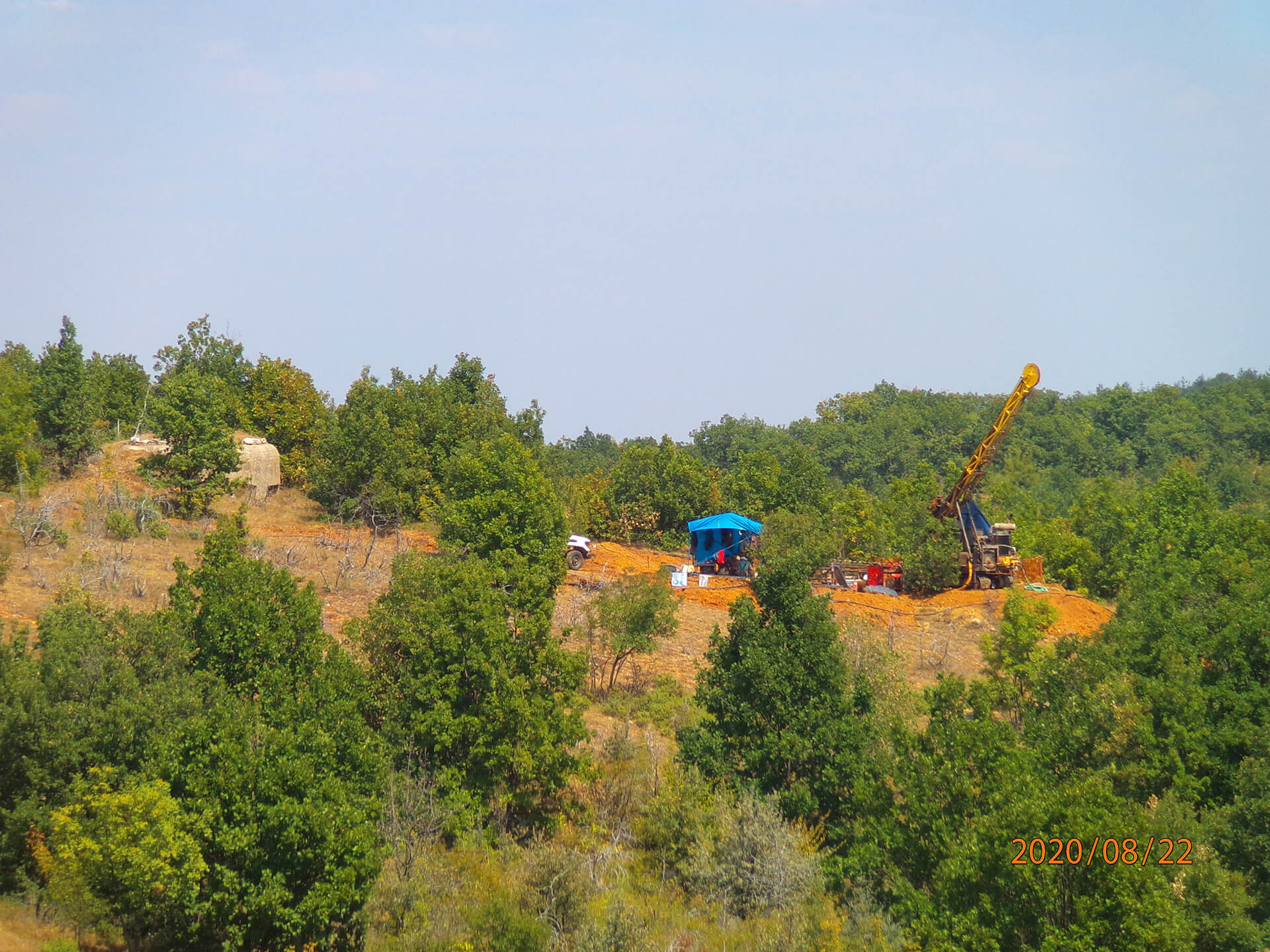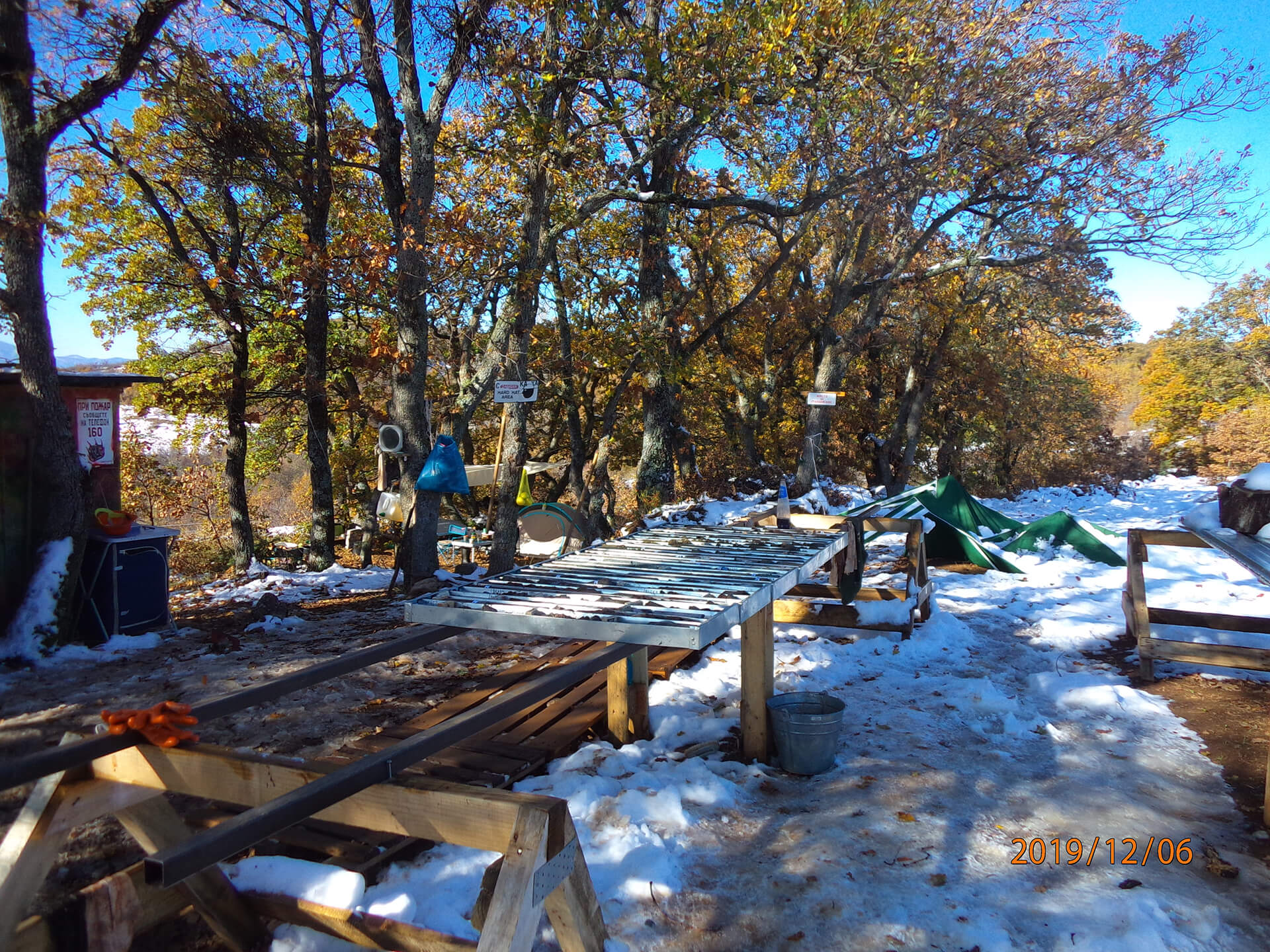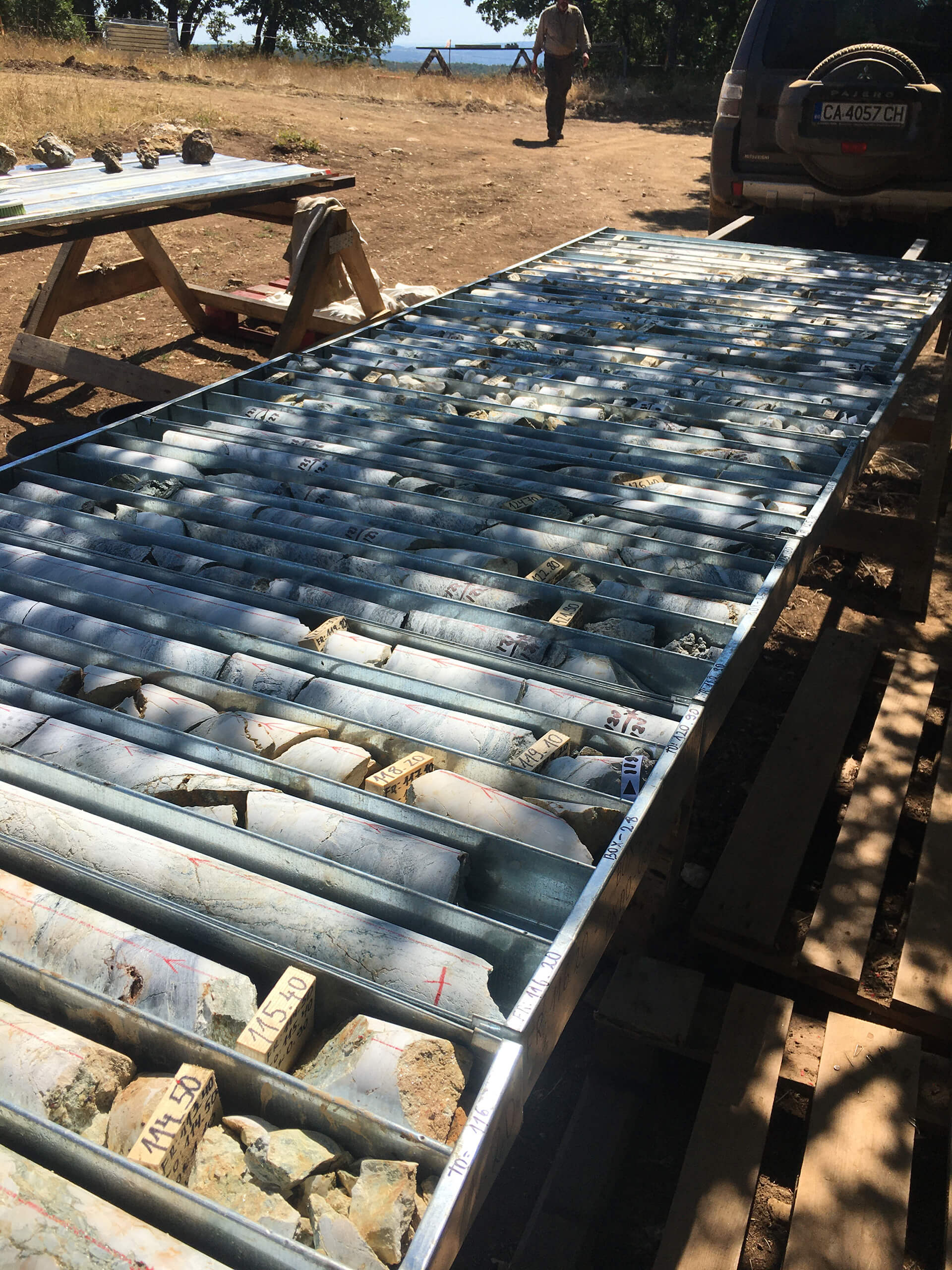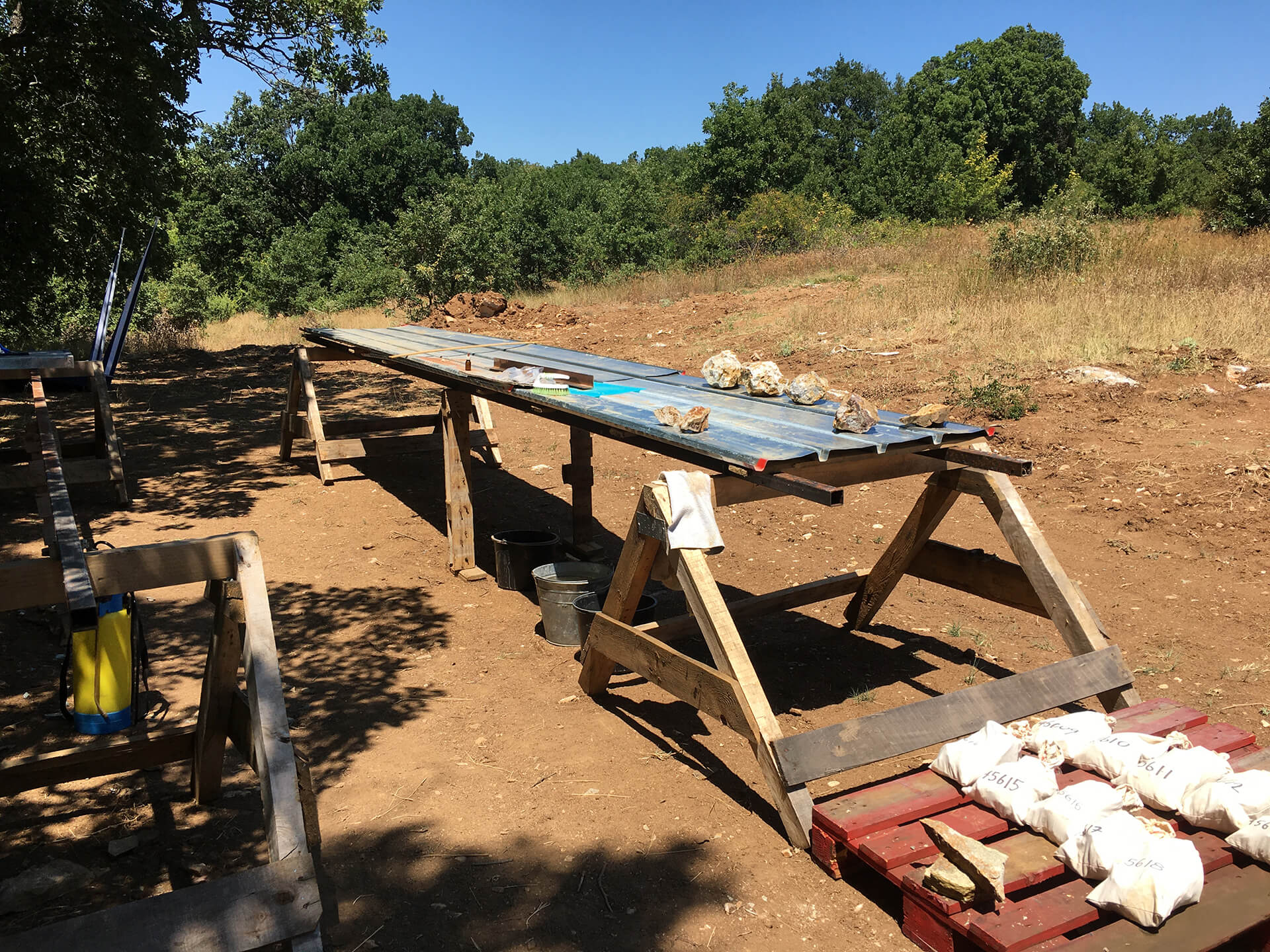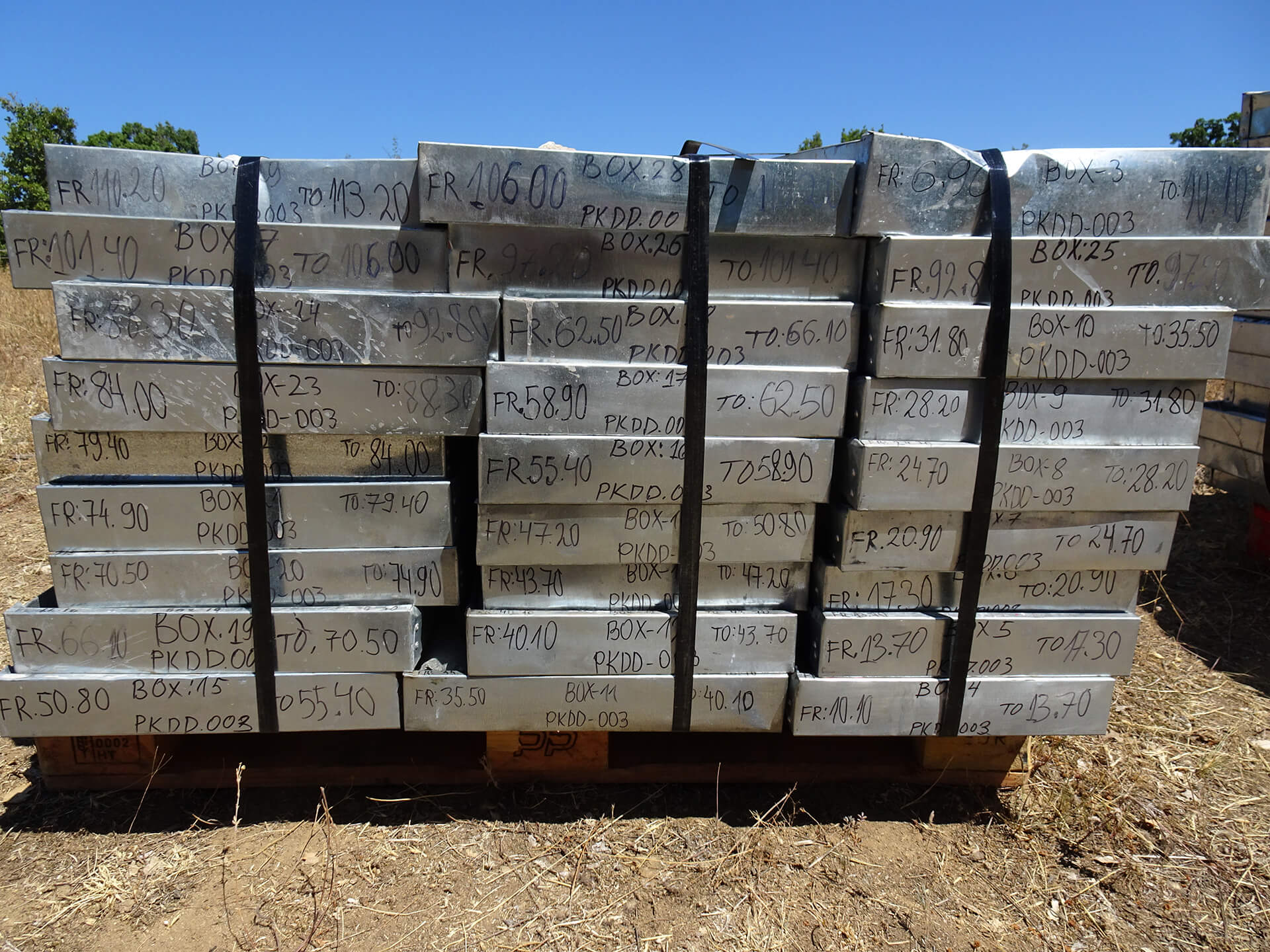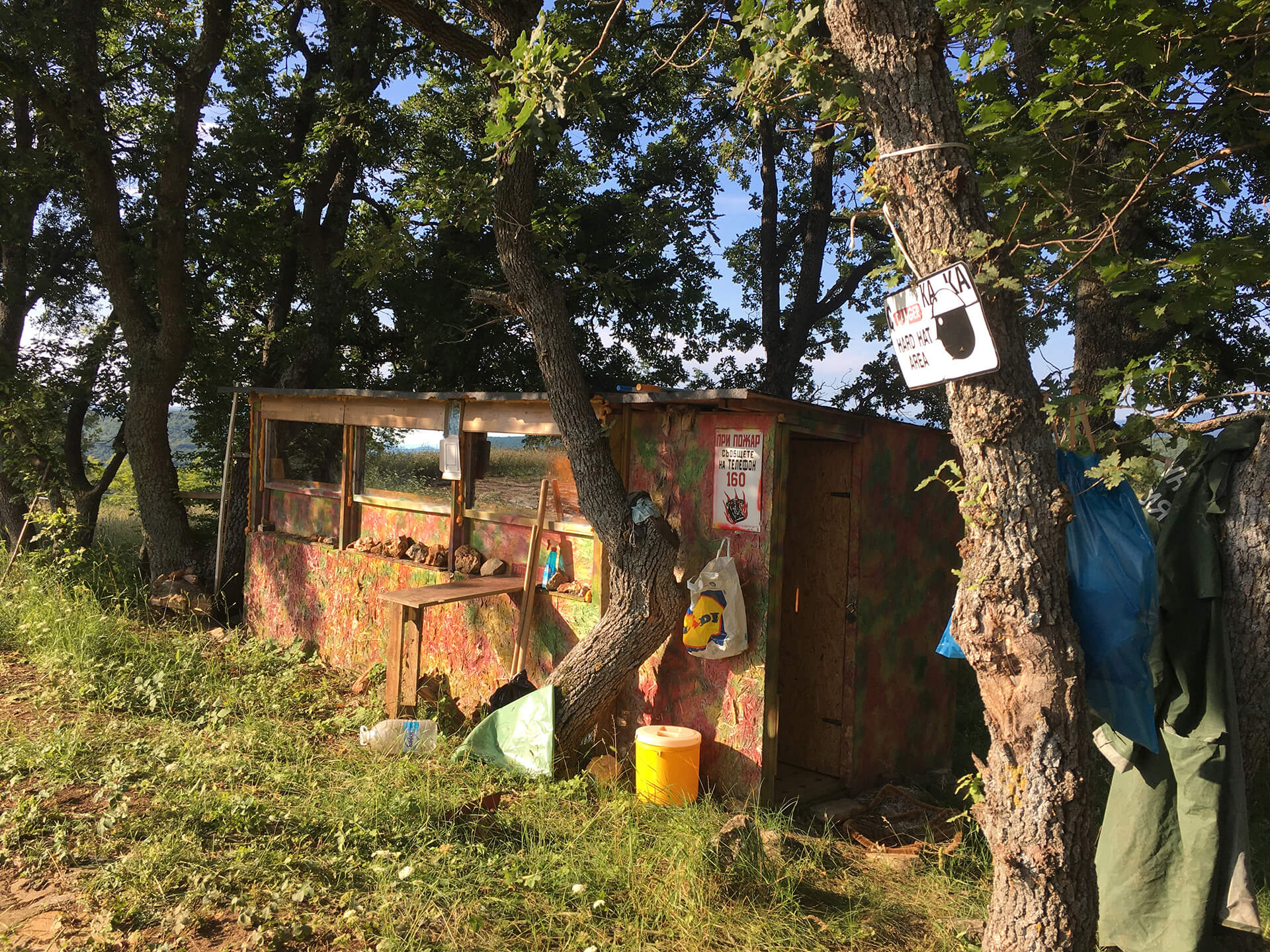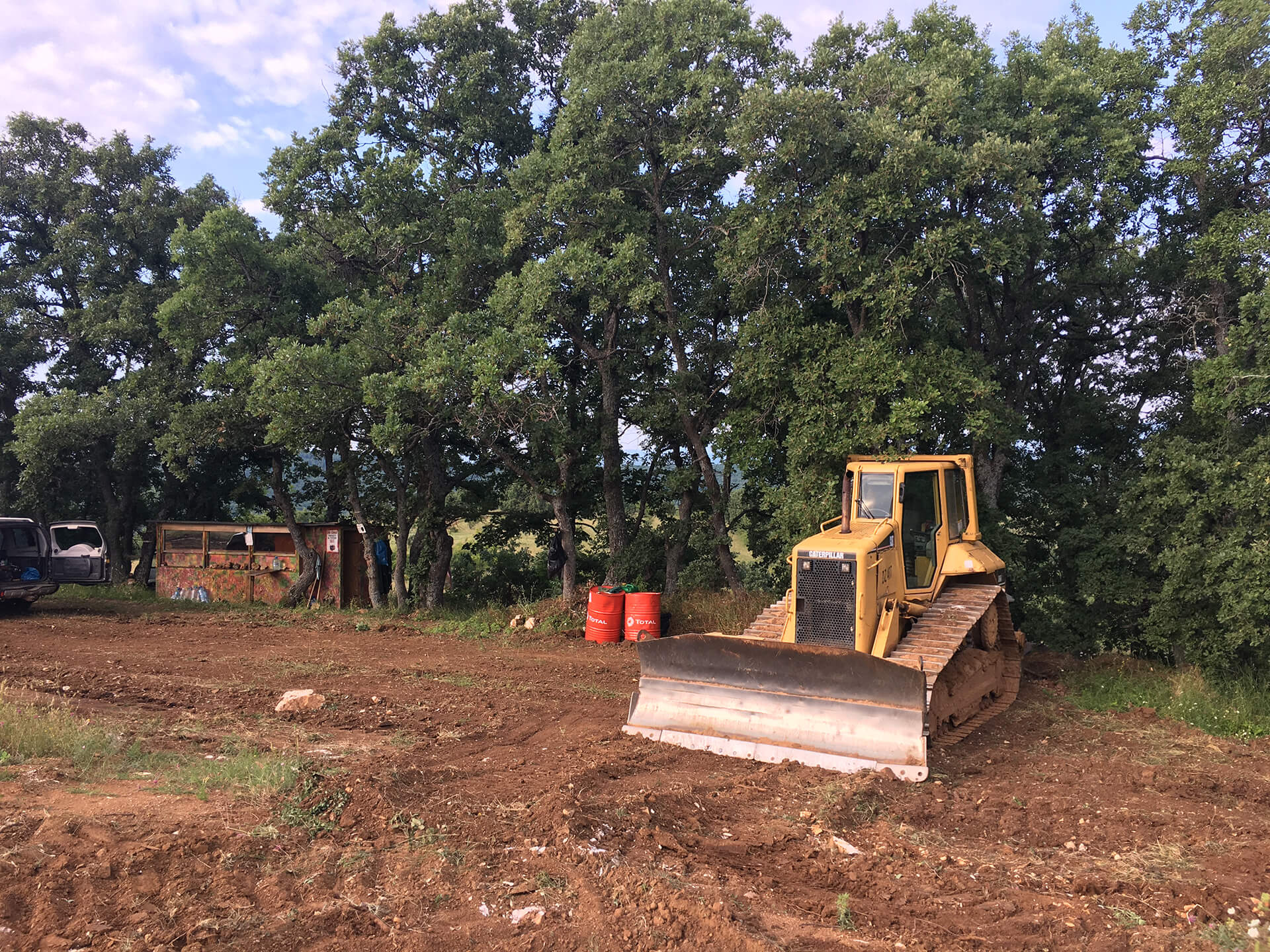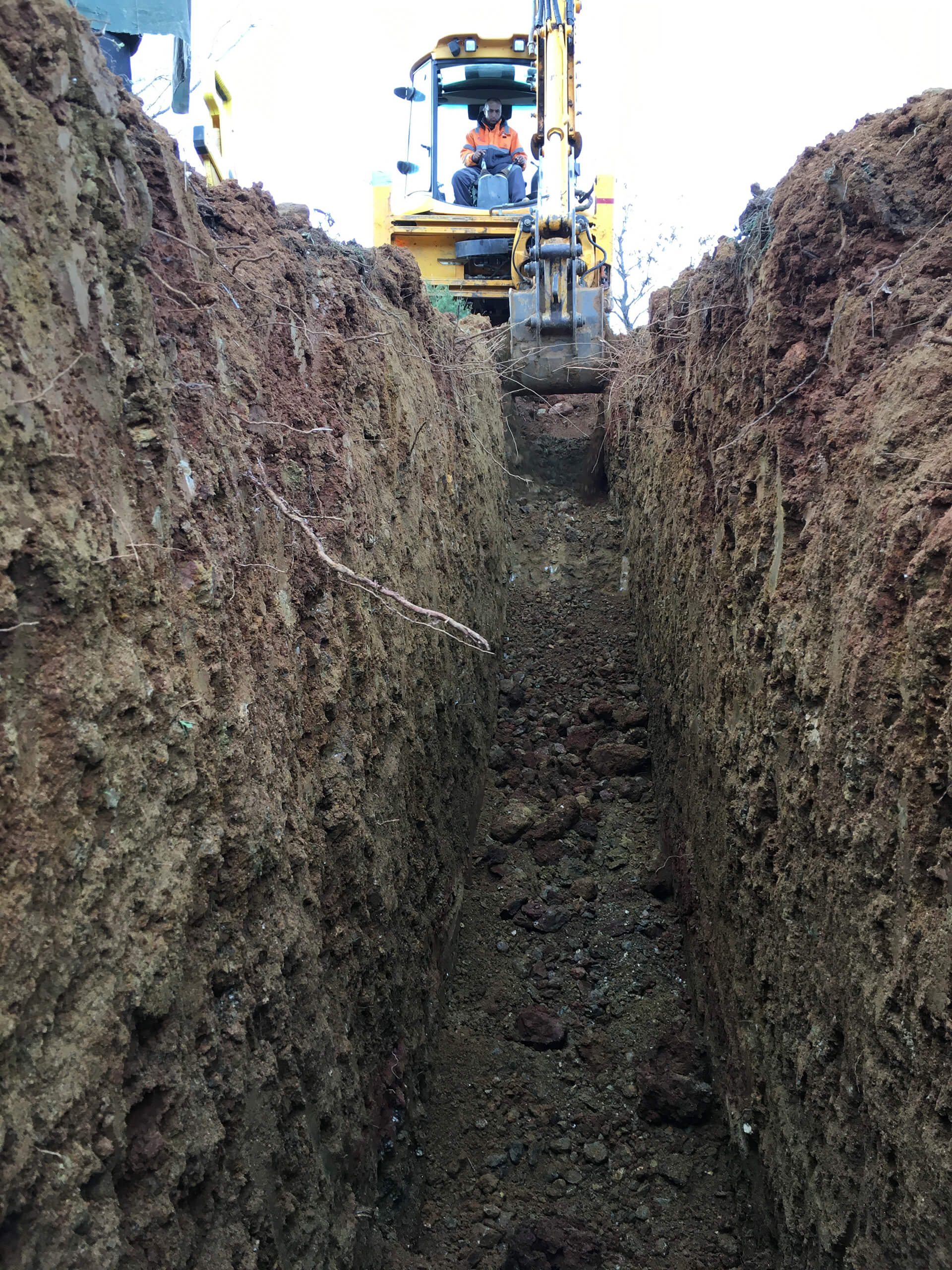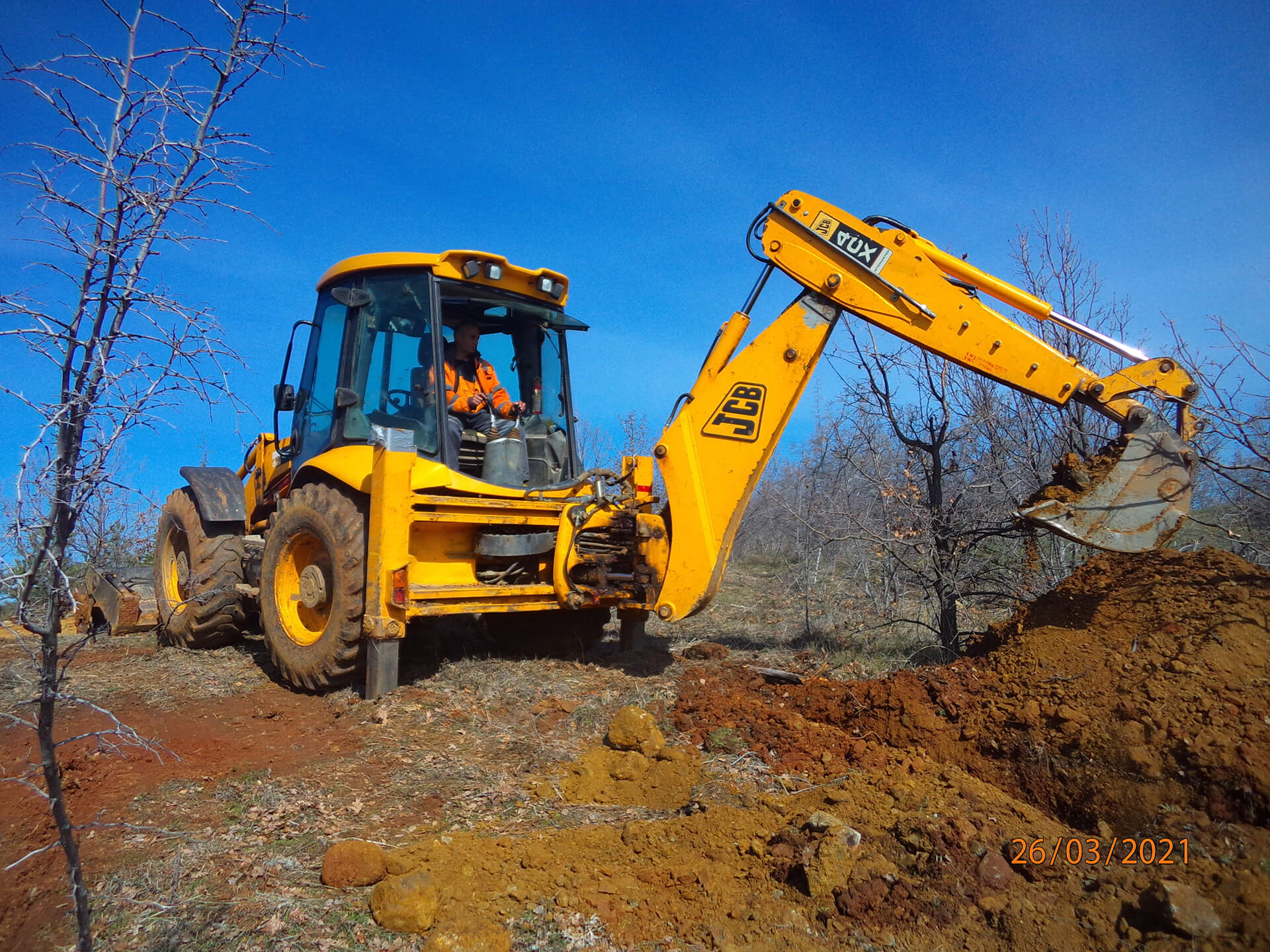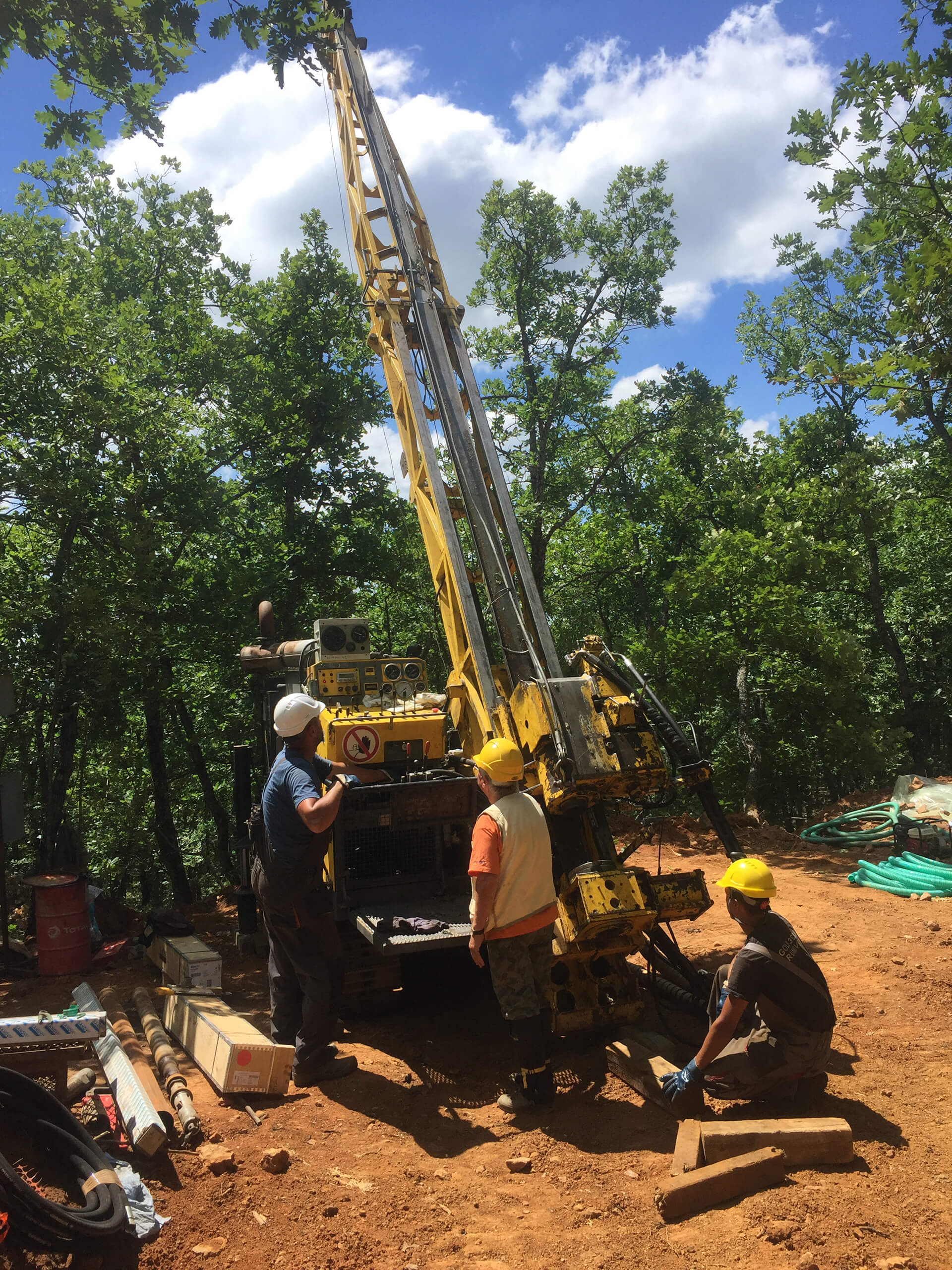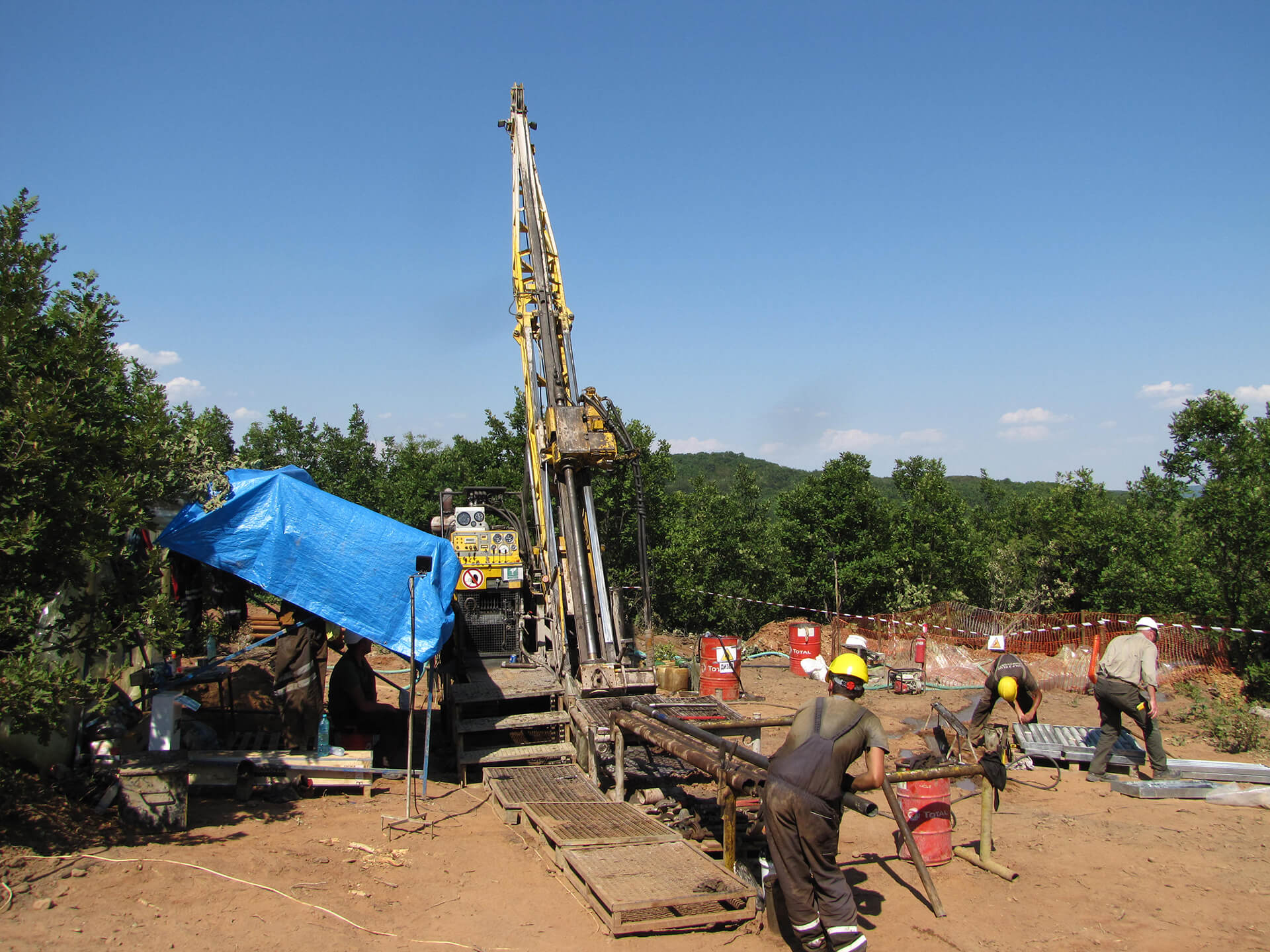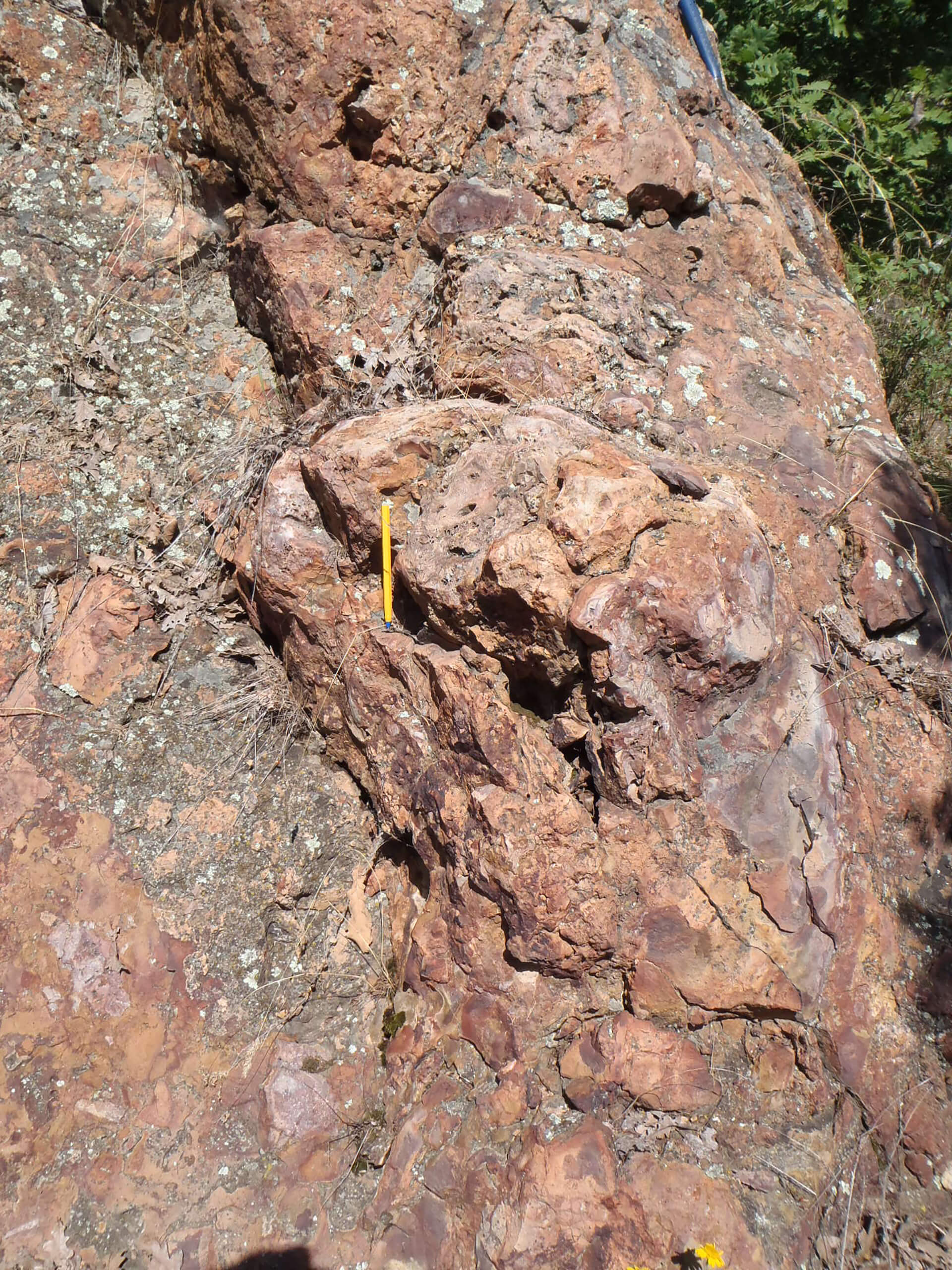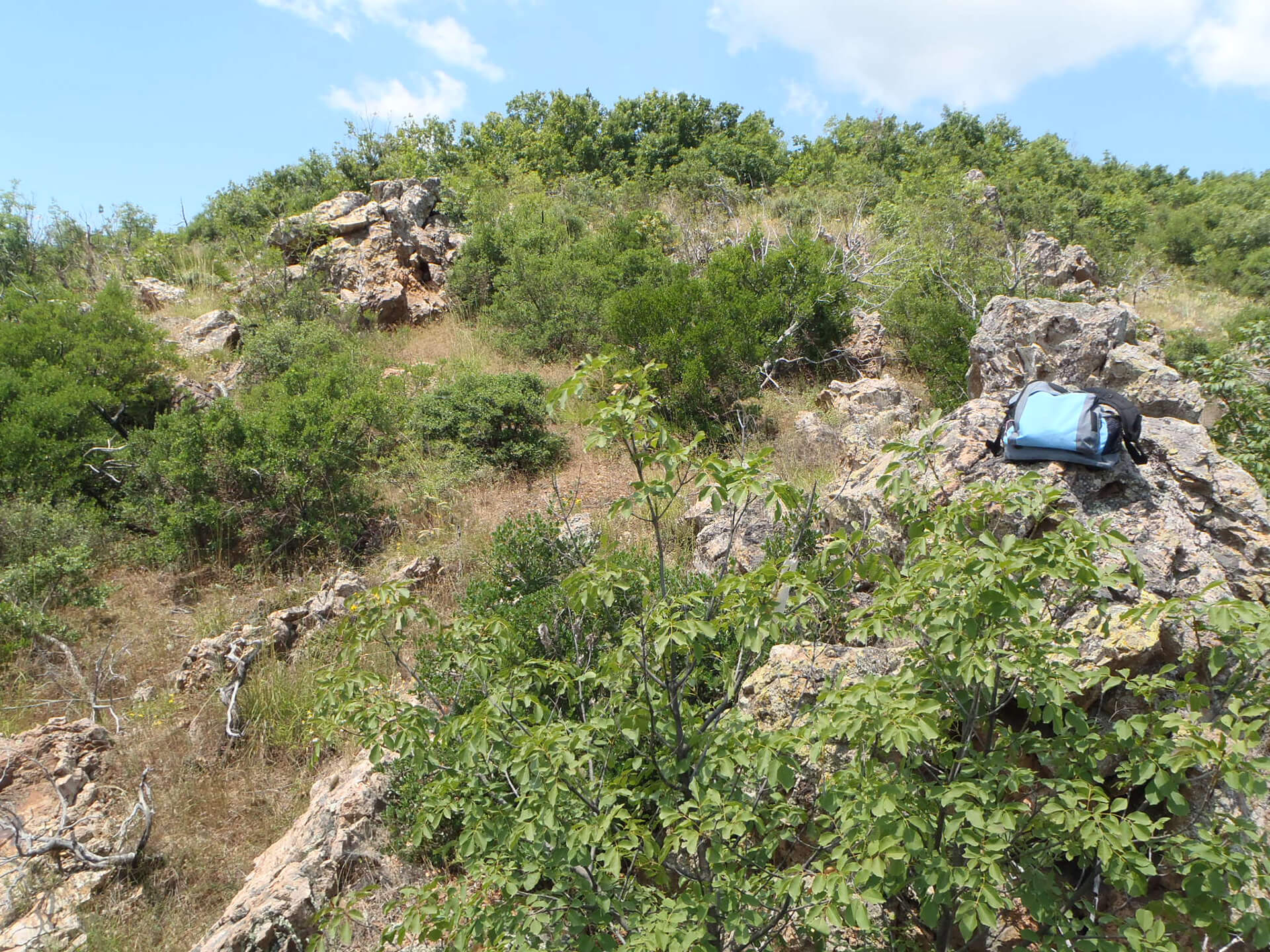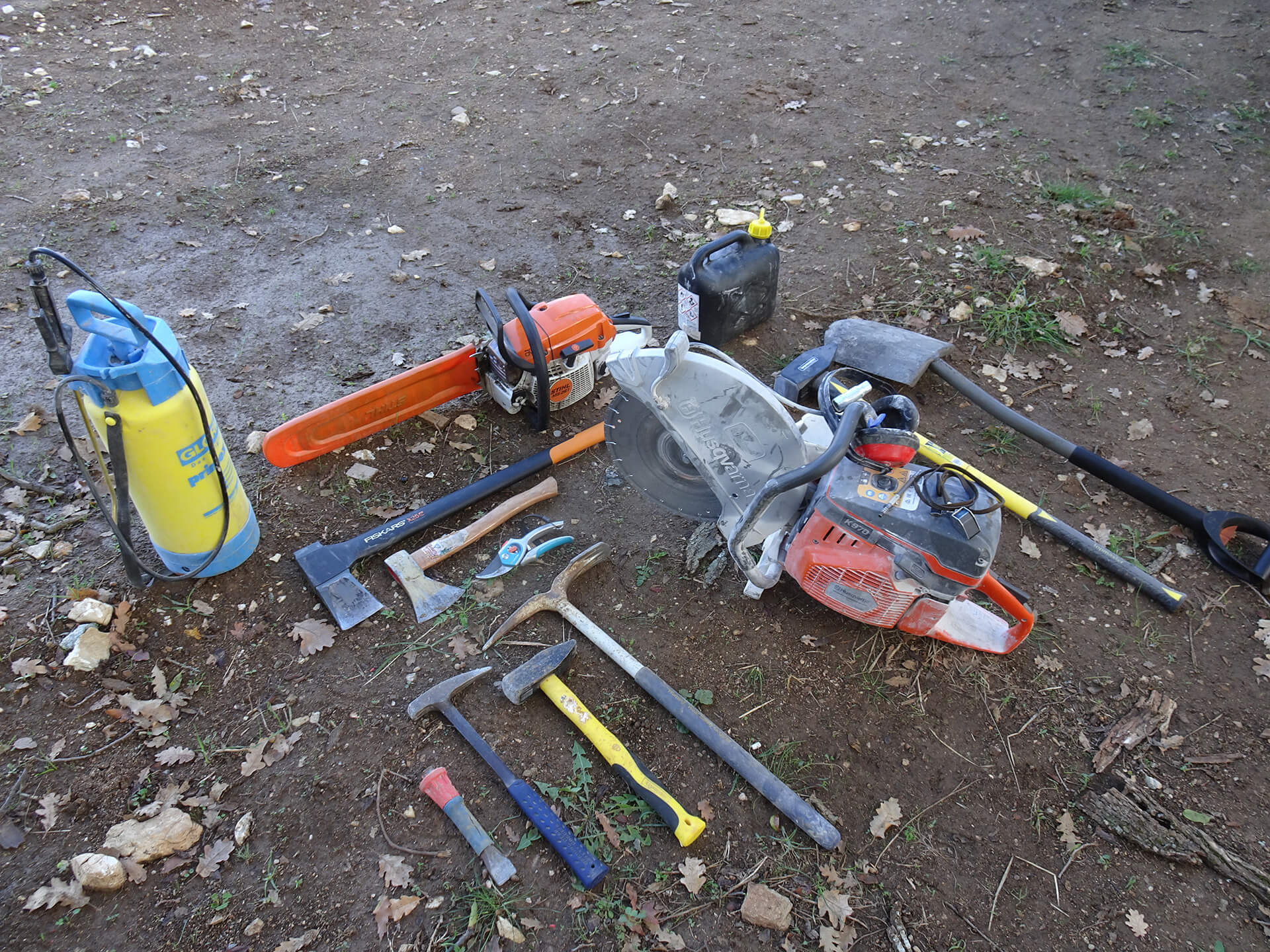Snapshot
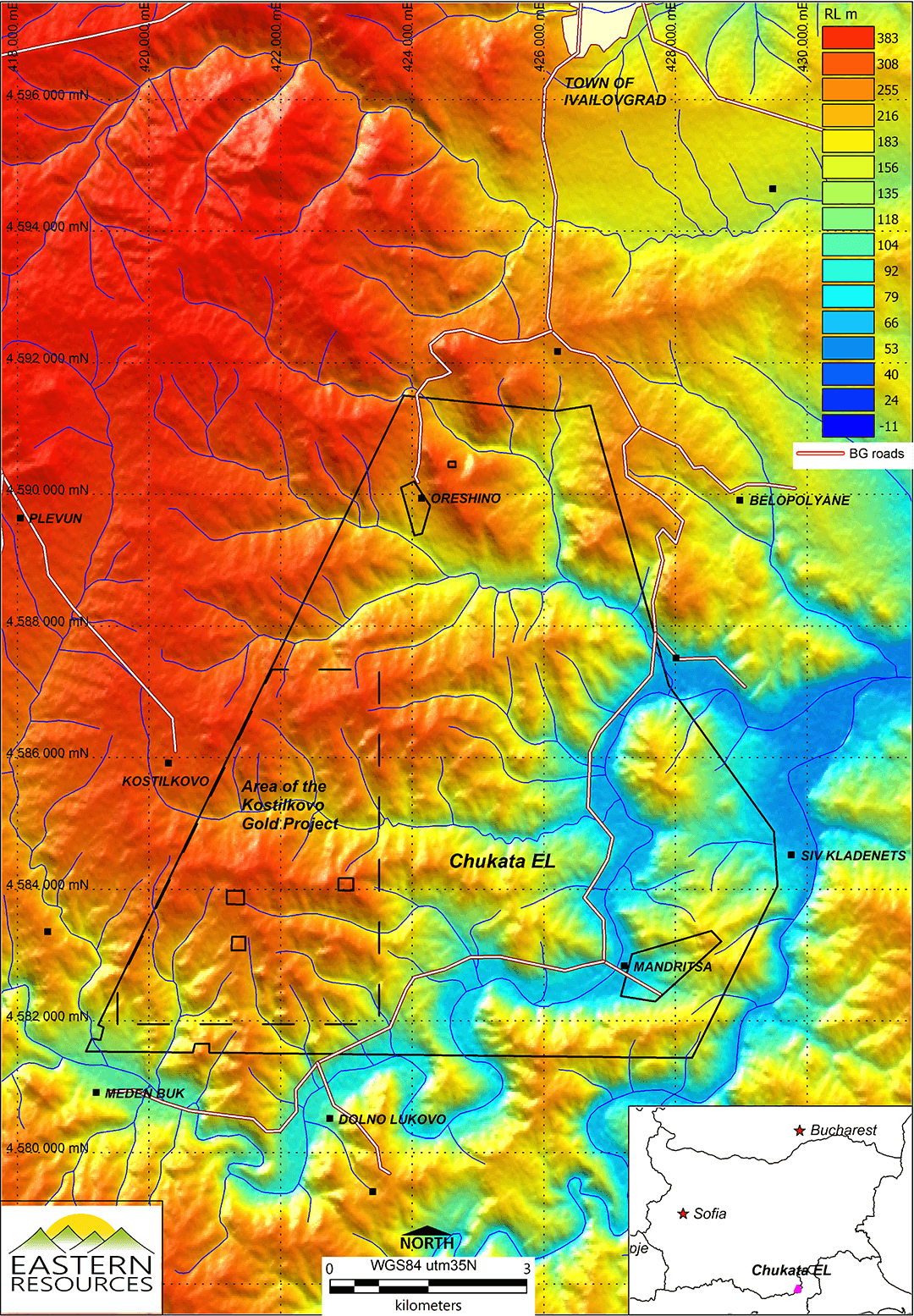
Ownership
100% of the Chukata Exploration Licence (66.18 km2).
Location
270km to the southeast of Sofia, the capital of Bulgaria, within the Rhodope Mountains.
Deposit type
Quartz-adularia-illite vein system/low-sulfidation epithermal gold/hot spring system.
Status
Advanced exploration project – drill ready.
Geology & Mineralization
The Kostilkovo Gold Project is located within the western portion of the Tethyan Belt, which extends from Europe to South-East Asia, spans 33 countries, and makes up 7.3% of the earth’s land mass. Major gold and copper deposits within the Western Tethyan magmatic belt formed during two main periods of Cretaceous and Tertiary magmatism. The Cretaceous deposits are dominantly copper-gold porphyry and high-sulphidation epithermal systems, whereas the Tertiary deposits display greater deposit diversity and can include low to intermediate sulphidation epithermal systems together with copper‑gold porphyry systems and carbonate replacement systems.
The Kostilkovo Gold Project is located within the Tertiary-age segment of the Western Tethyan magmatic belt and more specifically within the Eastern Rhodope metallogenic province. This province contains numerous sedimentary rock-hosted low-sulphidation epithermal systems (quartz-adularia-illite vein systems) of which the best known is the Ada Tepe gold deposit, located 3 km south-east of the town of Krumovgrad.
Rocks associated with the Kostilkovo Gold Project formed within the Eastern Rhodope metallogenic province, which underwent extension and metamorphic core complex formation within a back-arc environment. This was followed by normal faulting, basin subsidence and voluminous volcanic eruptions during Maastrichtian-Oligocene. During this period of volcanic eruption, the nature of the magma progressively evolved, from calc-alkaline to shoshonitic andesitic to rhyolitic.
Crustal extension within the Property area was dominated by the detachment bounded Biala Reka metamorphic core complex. This structure exposes a crustal section that includes the following tectonostratigraphic units from the structural base to the top:
- A lower high-grade metamorphic unit (gneiss, mica-schist and amphibolite).
- An upper high-grade metamorphic basement unit (amphibolite, calc-schist and marble).
- A low-grade metamorphic unit consisting of Mesozoic rocks of continental margin and intra‑oceanic affinity.
- A sedimentary and volcanogenic unit of Maastrichtian / Paleocene-Miocene syn- and post‑tectonic cover sequences.
At the base of unit 4, Maastrichtian-Paleocene to Middle Eocene clastics, sedimentary breccias, and conglomerates form part of a syn-tectonic hanging wall suite of supra-detachment half grabens, which occur in faulted contact with the detachments that bound the metamorphic core complexes. They are also limited by graben-bounding faults and are found lying unconformably over the high‑grade metamorphic basement units.
Stratigraphically upwards, Middle Eocene clastics are conformably overlain by Upper Eocene‑Oligocene clastic rocks, conglomerates, and carbonate-rich sedimentary rocks, which mark a renewed cycle of continental, fresh water to marine sedimentation. They were accompanied by regionally widespread, late Eocene-Oligocene volcanic edifices and sedimentary-volcanogenic successions (Bonev et al., 2013).
EXPLORATION MODEL
BULGOLD has identified a large (10 km²) quartz-adularia-illite paleogeothermal system, that is supported by a strong and extensive gold surface geochemical soil response.
Quartz-adularia-illite vein float material is exclusively found within the sedimentary rocks of the Krumovgrad Group, specifically the Classic Breccio-Conglomerate Unit. This style of gold mineralization is the dominant style found across the Project. The below figure shows examples of quartz‑adularia-illite vein float material from across the Project (from the Izvorite prospect area in the north to the Qmuirlika prospect area in the south) with included fragments of sandstone and / or conglomerate (outlined in yellow), clearly indicating that quartz vein formation occurred within the sedimentary rocks of the Krumovgrad Group.
Detailed mapping, prospecting, sampling, and textural analysis of quartz-adularia-illite vein float material has established the existence of multiple upflow zones, within which the targeted quartz vein-hosted gold mineralization will be associated with.
Importantly, BULGOLD has established that the precious metal accumulation zone is located below or close to the current level of exposure on the Project. Pieces of these quartz veins have returned 87.68 g/t Au (Chiflika prospect area) and 71.76 g/t Au (Izvorite prospect area), indicating that the upflow zones may be capable of hosting bonanza gold grades within quartz veins at depth.
More than 80% of the outcropping (or subcropping) sedimentary rocks within the half-grabens are represented by the Classic Breccio-Conglomerate Unit. The Shavar and Lower Breccio-Conglomerate Units are restricted to lower levels within the excised topography; commonly outcropping within creeks / drainages. No hydrothermal alteration or gold mineralization has yet been recognized within the Shavar and Lower Breccio-Conglomerate Units, either in outcrop, diamond drilling, or trenching.
Metamorphic basement rocks contain gold mineralization proximal to and beneath the sedimentary rocks within the northern half-graben (Izvorite and Obor prospect areas only to date). There appears to be a lithological control i.e., selective replacement follows the orientation of the calc-schist / marble layers. Foliation within metamorphic basement rocks and bedding within the sedimentary rocks are in general subhorizontal across the Property, which suggests that post-mineral tilting is minimal.
BULGOLD currently assumes that the primary permeability structure to mineralization would have a subvertical to vertical component and would be controlled by rock type and fractures.
BULGOLD believes, from a quartz vein-forming point of view, that the controls to mineralization favour structural over lithological; there may be the potential for a lithological control (e.g., aquitards) to gold mineralization on the local scale. Examples of quartz-adularia-illite vein float material, with included fragments of sandstone and / or conglomerate from across the Project are presented below.
Examples of quartz-adularia-illite vein float material
![]() Source: BULGOLD, 2022.
Source: BULGOLD, 2022.
The below figure shows the conceptual exploration model developed by BULGOLD, based on all geological observations made to date on the Kostilkovo Gold Project. The example used is from the Izvorite prospect area, however the conceptual exploration model is also applicable to the Runkite prospect area.
Conceptual exploration model for the occurrence of quartz-adularia-illite veins on the Kostilkovo Gold Project based on the Izvorite prospect area.
![]() Source: BULGOLD, 2022.
Source: BULGOLD, 2022.
Mineral Reserves and Resources
To Be Established.
Maps & Sections Gallery
Exploration Gallery
Technical Report
